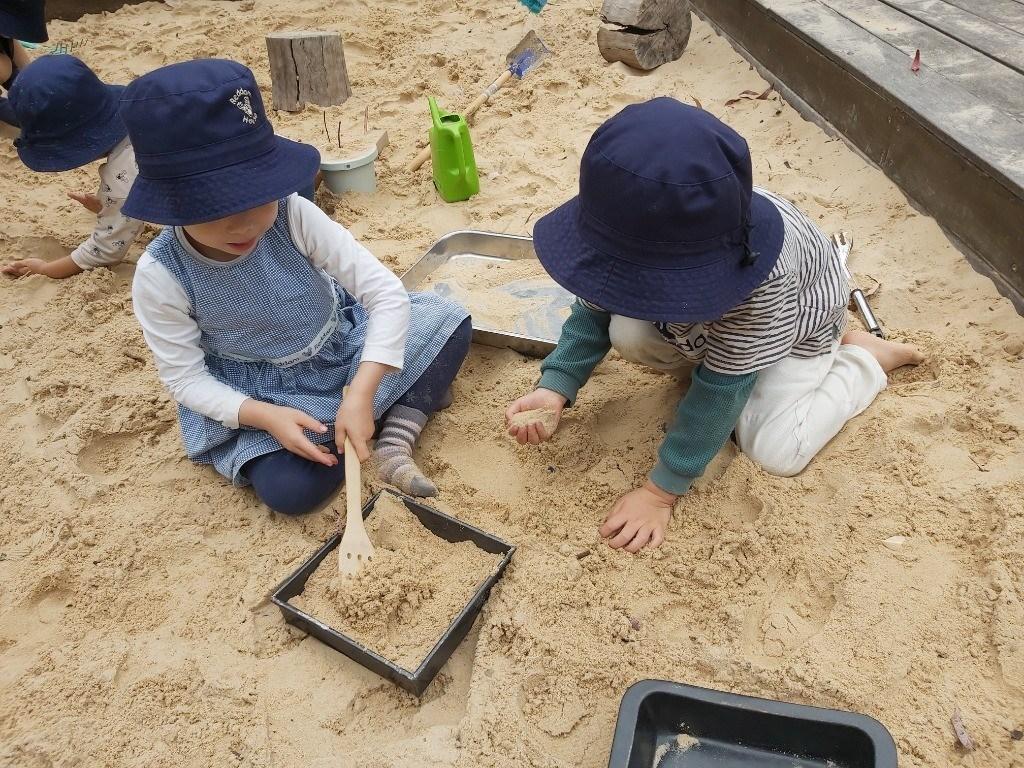Reminders
Graduation and Christmas Concert
These dates have now been confirmed with all classrooms so please lock into your diaries.
All family members are welcome to attend
Tuesday 6th December 2022 9:30am 4E
Wednesday 7th December 2022 3pm 3E
Thursday 8th December 2022 9:30am 4R
Tuesday 13th December 2022 3pm 2E
Tuesday 13th December 2022 3pm 1R
Wednesday 14th December 2022 3pm 1E
Thursday 15th December 2022 3pm 2R
Friday 16th December 2022 3pm 3R
2022/2023 Closure– Amended Dates
The school’s last day 23rd December 2022. We will reopen on Tuesday 10th January 2023
2023 School Dates
TERM 1
Monday 9th January Pupil Free /Staff Development Day
Tuesday 10th January Term 1 Commences
Friday 6th April Term 1 Concludes
Friday 7th 10th April Easter Holiday Closure
Tuesday 11th April Term 1 Vacation Program Commences
Friday 28th April Term 1 Vacation Program Concludes
TERM 2
Monday 1st May Term 2 Commences
Friday 30th June Term 2 Concludes
Monday 3rd July Term 2 Vacation Program Commences
Friday 21st July Term 2 Vacation Program Concludes
TERM 3
Monday 24th July Term 3 Commences
Friday 22nd September Term 3 Concludes
Monday 25th September Term 3 Vacation Program Commences
Friday 6th October Term 3 Vacation Program Concludes
TERM 4
Monday 9th October Term 4 Commences
Friday 22nd December Term 4 Concludes
Reddam ELS will be closed on the following Public Holidays:
• Australia Day
• ANZAC Day
• Queen’s Birthday
• Labour Day
Looking forward to chatting with you soon.
Christine Irwin
Principal
Principal’s Message Continued...
2
By Heather Gaskall
This week we have been looking at the scary and frightening world of dangerous and poisonous animals. Luckily, they were only figurines and not real animals. The children have learned about who you can pat and who you should avoid. There were creepy spiders and slippery snakes everywhere along with some slimy frogs and I think I saw a blue ring octopus or two as well. The best thing to remember is that in the wild it is often the brighter the colour the more dangerous an animal is, especially when it comes to frogs and snakes.
Each day we provide the children with sensory opportunities, the vast array of textures we use supports their sensory capabilities and extends their knowledge and understanding of the world around them. The small world play allows the children to use their imaginations and create their own version of the habitats.

During the week we have provided the children with a variety of sensory experiences which included a table full of slippery snakes and creepy spiders. The children were not scared at all, thank goodness. They just took it in their stride and started to rearrange the display into a small world they appreciated. We did notice a lot of frogs being put on top of logs and were surprised to see spiders jumping around the room and ending up in different positions. Another of our tables was a tray offering leaves, bark and some more dangerous animal figurines. The children were able to use their detective skills to find just where all those animals were hiding. A very popular sensory activity for the children was two trays of wonder, so the children could compare the habitats. One tray contained blue salt representing the ocean with sea creatures of danger like blue octopus and stingrays. While the other was a land and river tray containing animals like crocodiles, snakes and frogs. The children enjoyed manipulating the various habitats and moving the animals around creating their own habitats. Such amazing little minds, it's always a wonder to see what their imaginations come up with.
We have been in full swing practising for our Christmas Concert and hope to see all our parents here on Tuesday 13th at 3pm for the concert. If your child is not at the centre that day, you are still very welcome to come along.
Wishing all our families a wonderful weekend!
Stage 1R
3
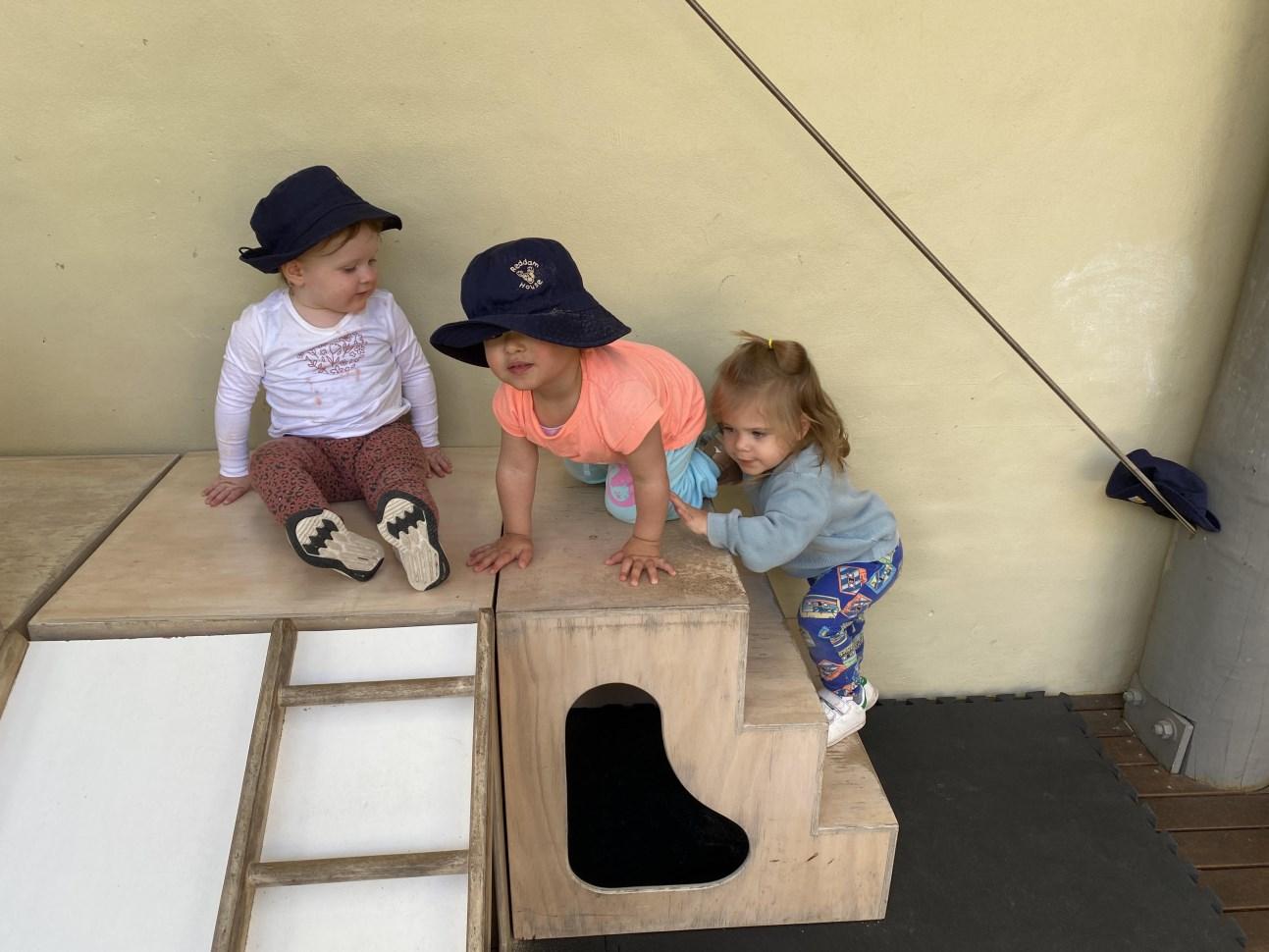
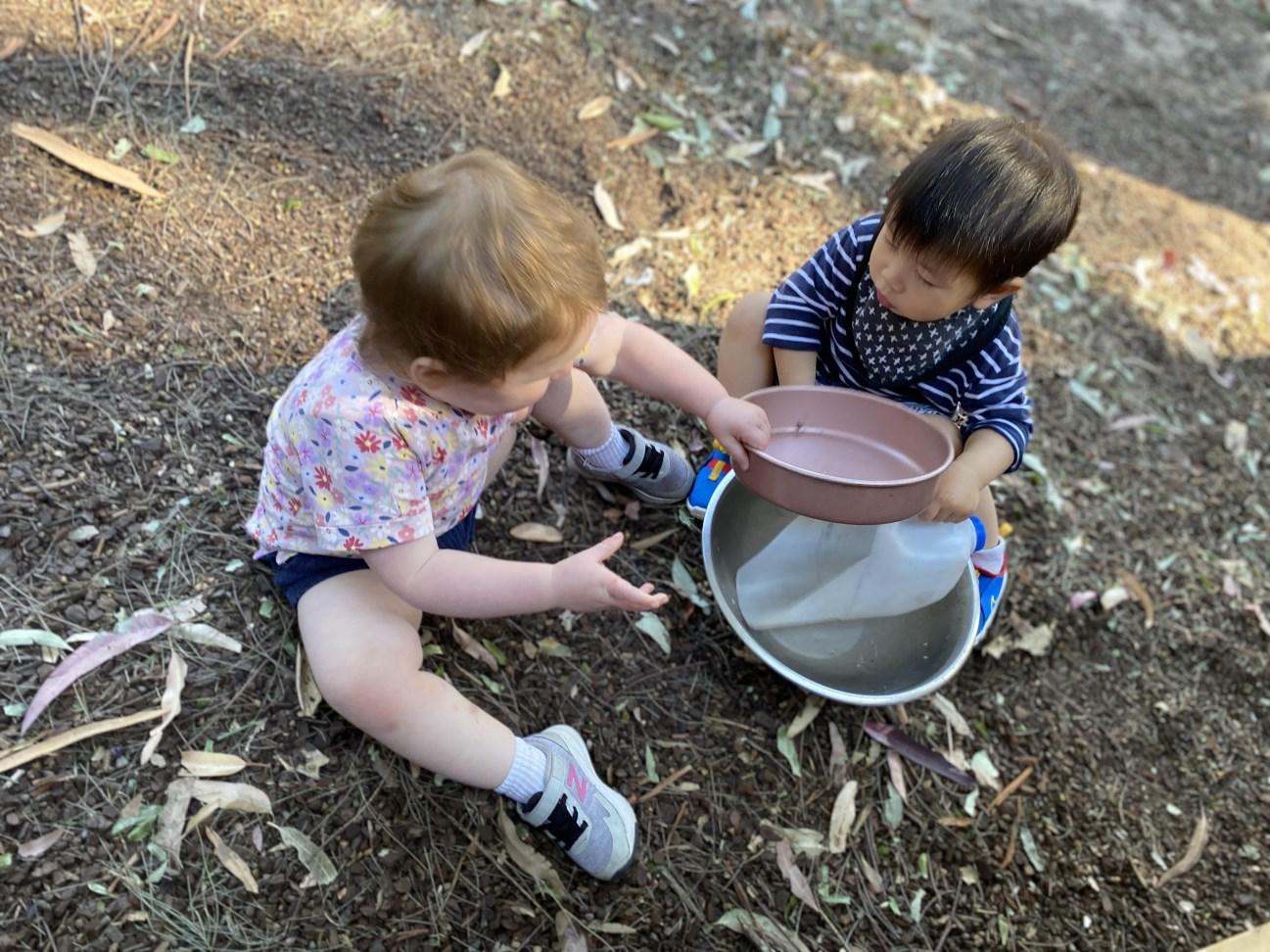

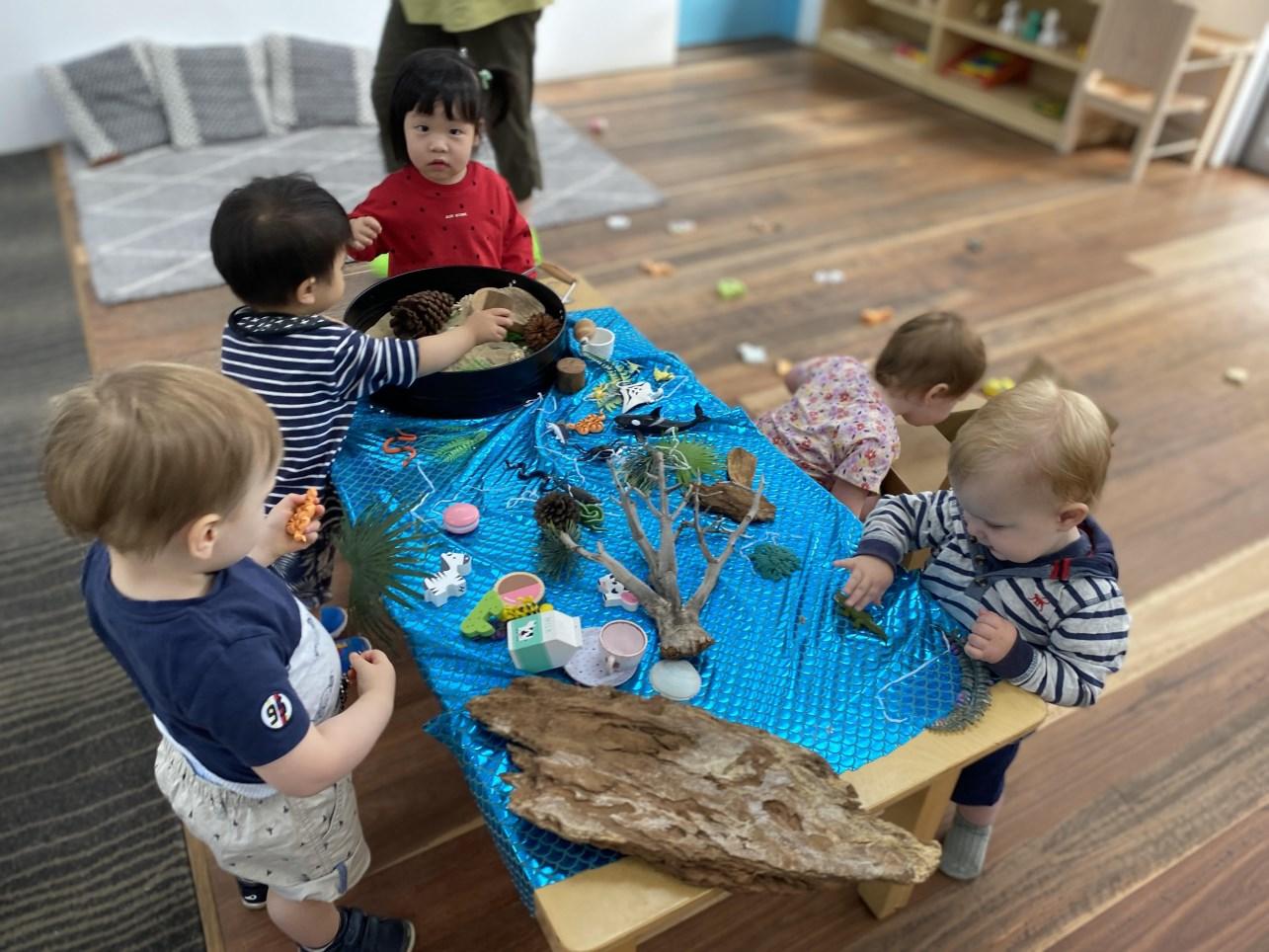

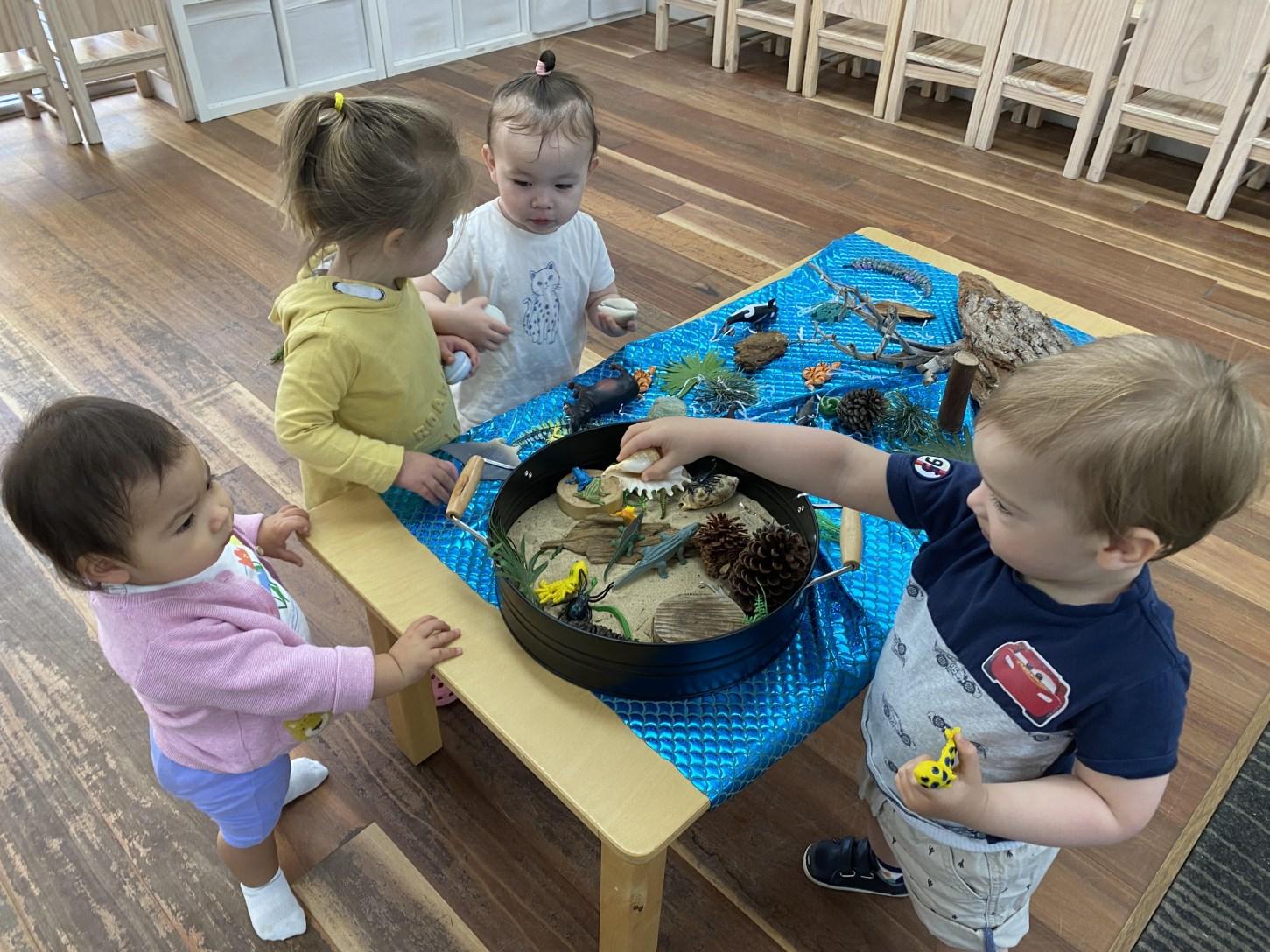
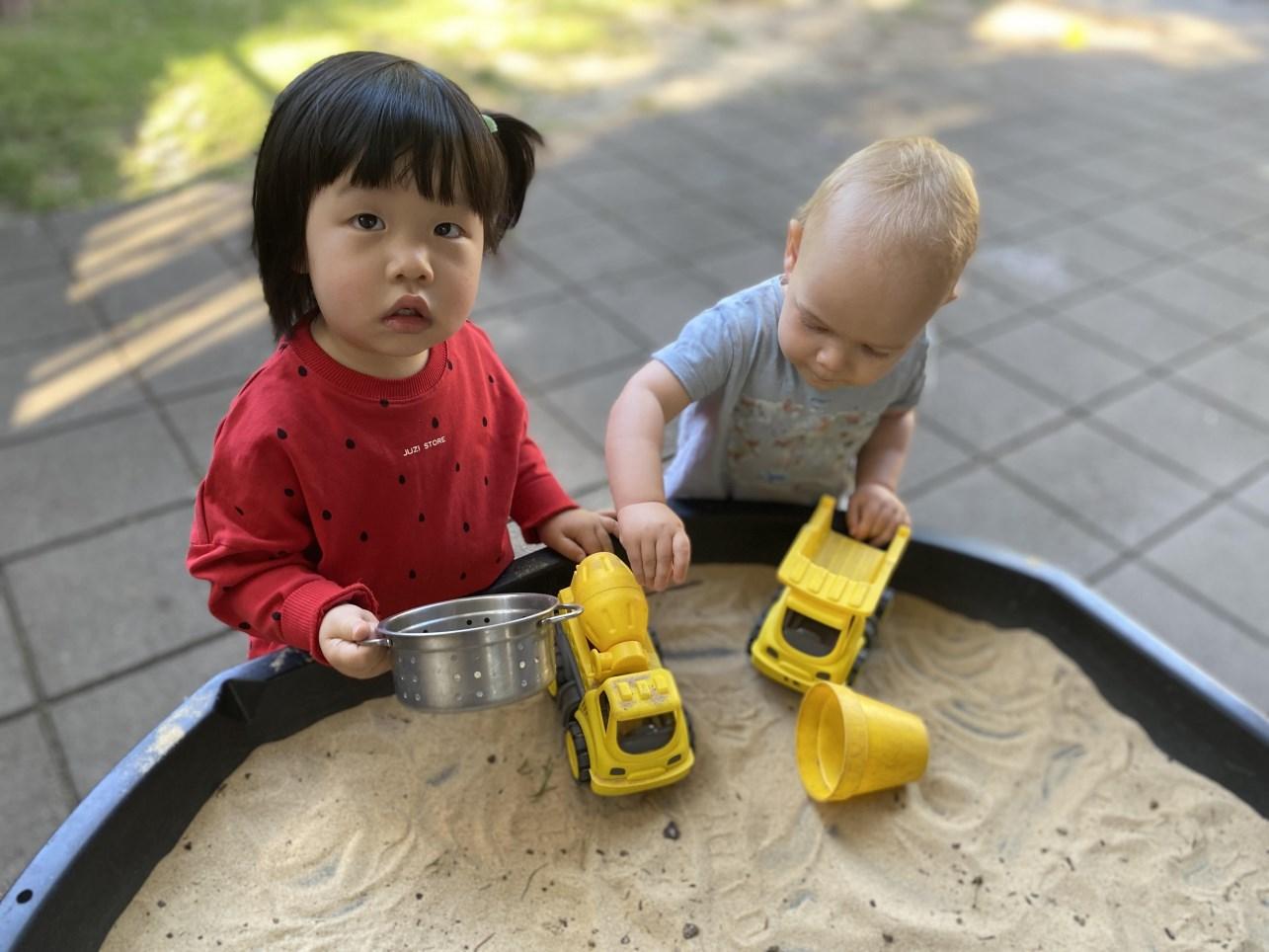
4 Stage 1R:

5 Stage 1R:
By Charity Acera
After exploring and building on the important developmental milestones with our young learners, we gave emphasis on how the children can gain self confidence and independence through their social play and their adult interactions. Promoting the children's independence is such a crucial skill to learn as it develops other vital qualities such as patience, concentration, self help, cooperation, self discipline and self trust.
Taking care of themselves through our meal routine and remembering their drop off and pick up routine such as putting their bottles on the trolley, bags in their lockers, and participating in their own learning experiences are just a few of the things that we want to increase in practice. Which led us to prepare them for a sensory fine motor and practical life skills activity. We even harvested herbs from our own garden and reinforced their routine in the classroom.
As a daily practice here at Reddam, our learners are welcomed with a full sensory display at the provocation table. The table was set with natural materials like hay, chopped wood, leaves, and cones, combined with artificial materials like eggs, miniature farm animals and tissue rolls. The children decided what to pick up from the table to play with. This learning experience allowed children to lead their own learning as they discover the objects that they picked up to play. This learning activity greatly reflects that children are confident and involved learners as they have the ability to develop dispositions for learning.
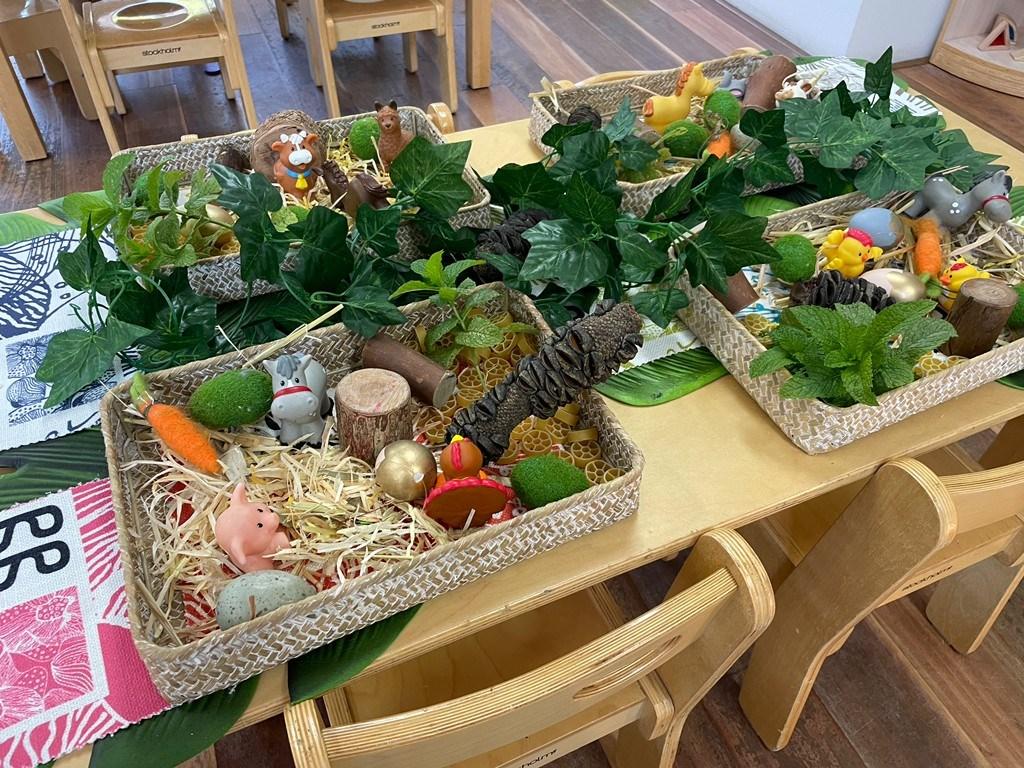
Doing these simple routine tasks help children gradually develop independence and self agency. It slowly builds their confidence that they can do things on their own and they can feel that they can contribute to us adults. By giving them the opportunity to lead their own learning and allowing a flexible routine led by the child’s cues and behaviours, these little things can help promote their independence and self agency.
Thank you for spending your time reading our newsletter! Wishing you a lovely weekend ahead! Charity, May, Mary, Rowel, Resie,Yashoda
Stage 1E
6
“The greatest gifts you can give your children are the roots of responsibility and the wings of independence.” (Denis Waitley)



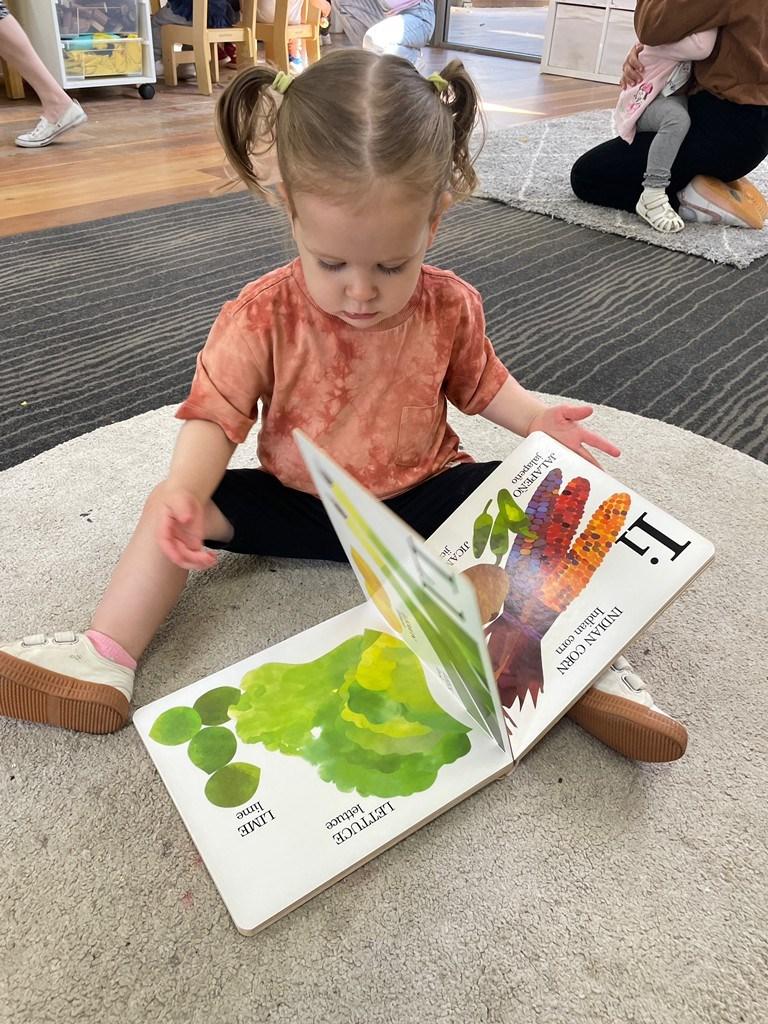
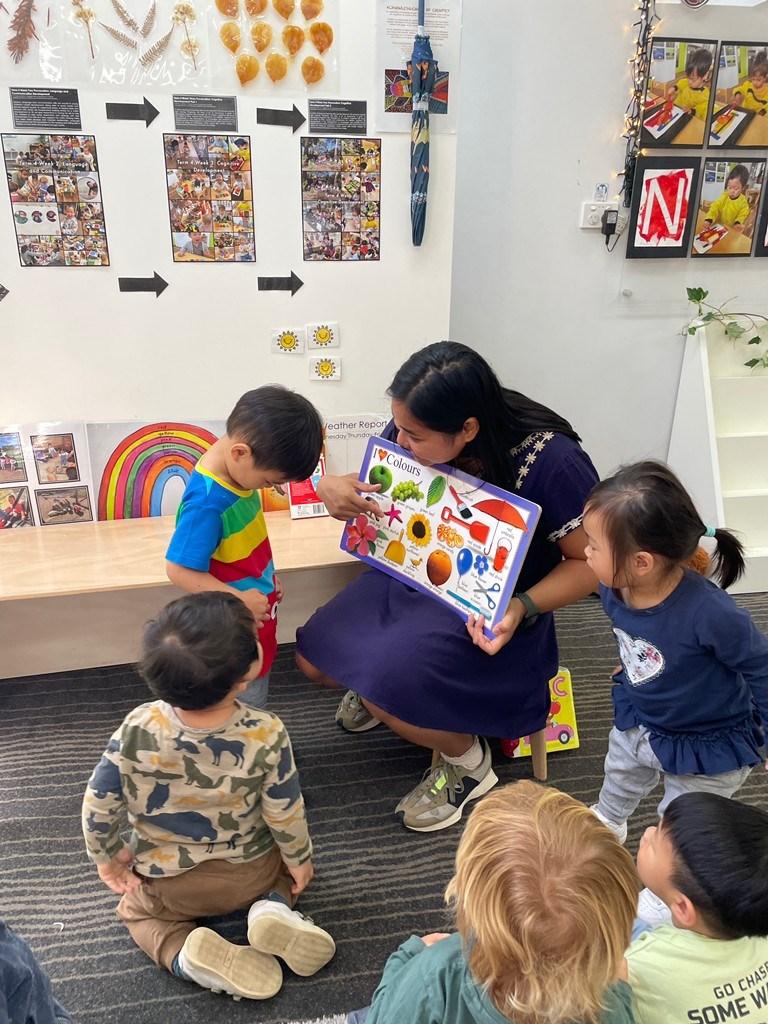


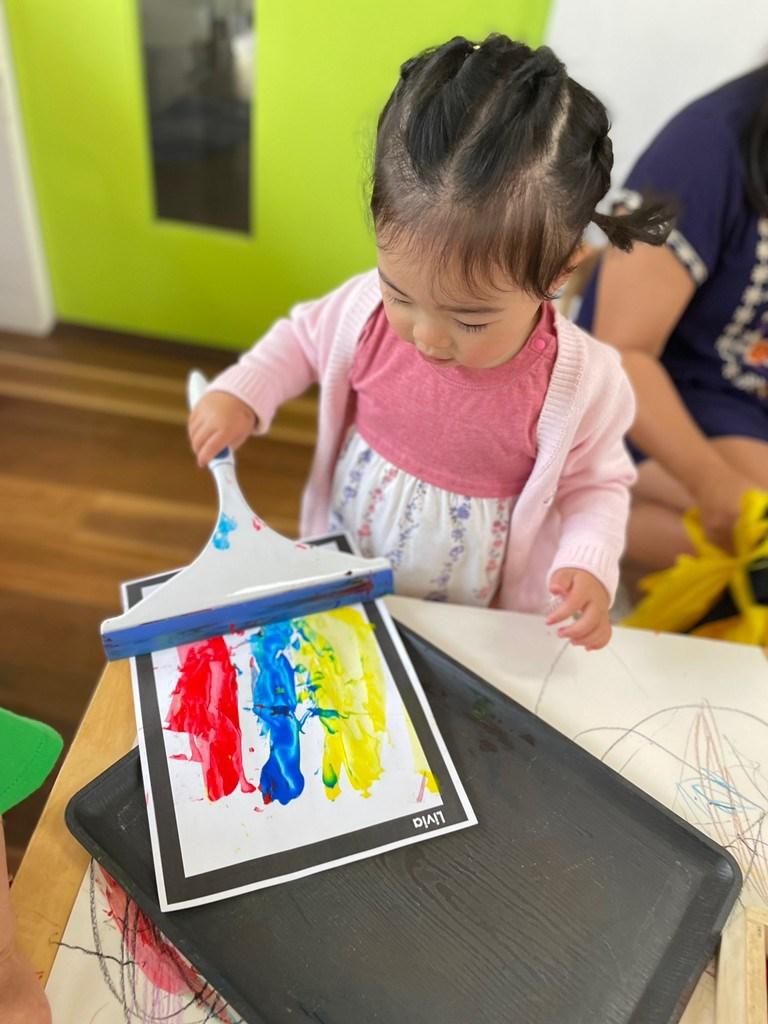

7 Stage 1E:
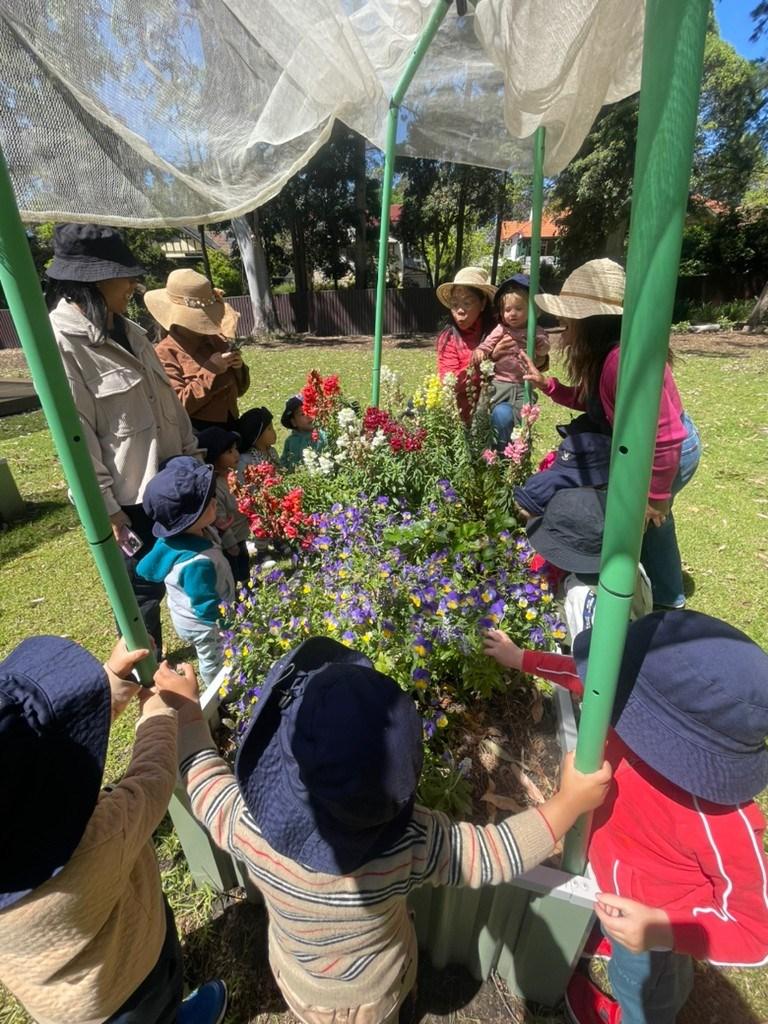
8 Stage 1E:
By Vivian Truong
This week we explored our country India. India is a nation that is home to many distinct and varied cultures. One of the oldest cultures in the world can be found there. Every facet of Indian culture is unique and has a rich history and folklore behind it.

We read a book titled 'Whoever You Are by Mem Fox. What a great story about the importance of love for all humankind! It was about how people may look different on the outside and live different lives, but are very similar on the inside. People may look different, attend different schools, live in different houses, and speak different languages, but they all have similar hearts. We all laugh, love, hurt, smile, and cry. The message of this book is that although people may have many differences, there are common ties that unite us.
To enhance the children's understanding of Indian habitats and the living things around them invited the children to explore Indian wildlife by engaging in small wordplay and sensory experiences. These play based learning experiences promote 2R children's sensory development and social skills as they initiated conversations about identifying Indian animals or sought connections with a lovely smile. Different sensory materials create great opportunities to scaffold children's oral description language when they touch and feel the difference between each object.
Inspired by Diwali Festival, 2R to the sensory creative experience, our teacher prepared a display of flowers, lentil seeds, beans, spice (cinnamon and star anise), and play dough. Here, the children were invited to create their interpretation of an Indian pattern art called ‘Rangoli Art’. This art is usually made during the Diwali festival and other Hindu festivals. It has been observed that our children were enthusiastic about exploring the variety of textures, colors, and smells of the display. They were focused on cutting, rolling, and transferring the items from one container to another enhancing strength in their fine motor development and visual perceptual motor skills.
The artwork of the week. The children did some Turmeric painting. Turmeric plays an important part in many Indian dishes where its regular use both heals and protects. It's thought that it was introduced into cooking due to its anti inflammatory and antibacterial properties. It detoxifies the liver, fights allergies, stimulates digestion, and boosts immunity. Traditionally, women used to have a bath using a paste of turmeric and oil as it is excellent for the skin too! What a magical spice!
Every child interacts with the world differently, and how they think and act is also influenced by what they ask of and receive from others and their environment. Our goal in 2R has always been to support each child in understanding the distinctions they see so they may feel confident about who they are, where they belong in the world, and how different others are.
We wish happiness and peace for you this weekend!
2R Team
Stage 2R
9
"All cultures are connected country. Connection to Country will always uplift the spirit." Sue McPherson

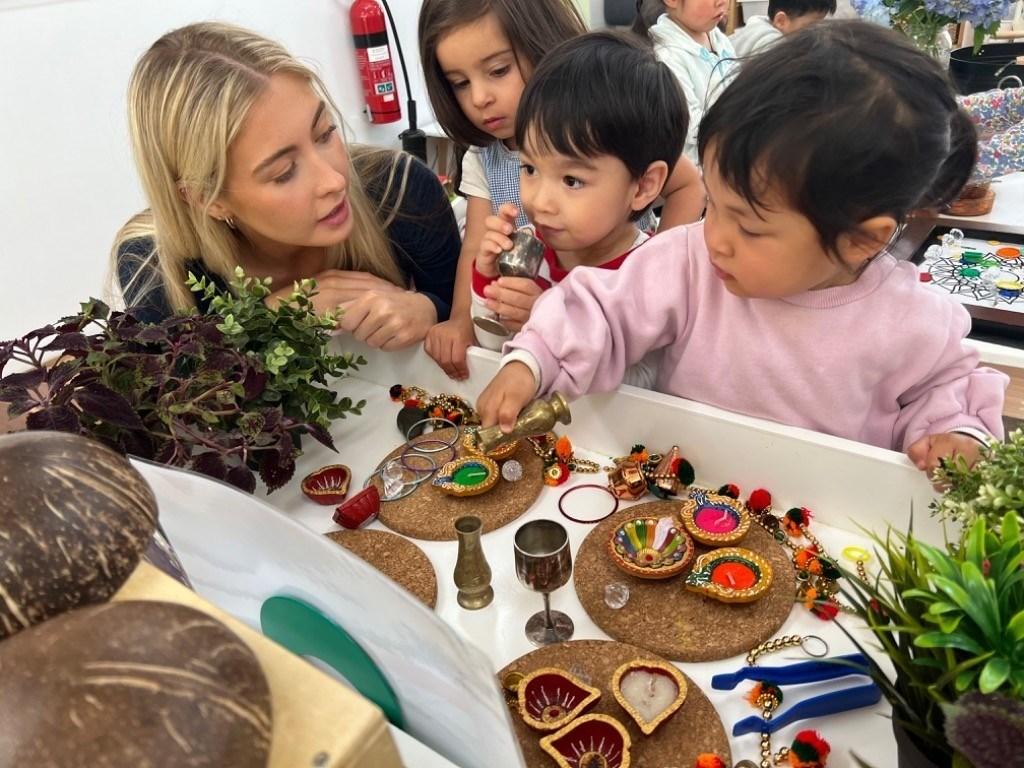
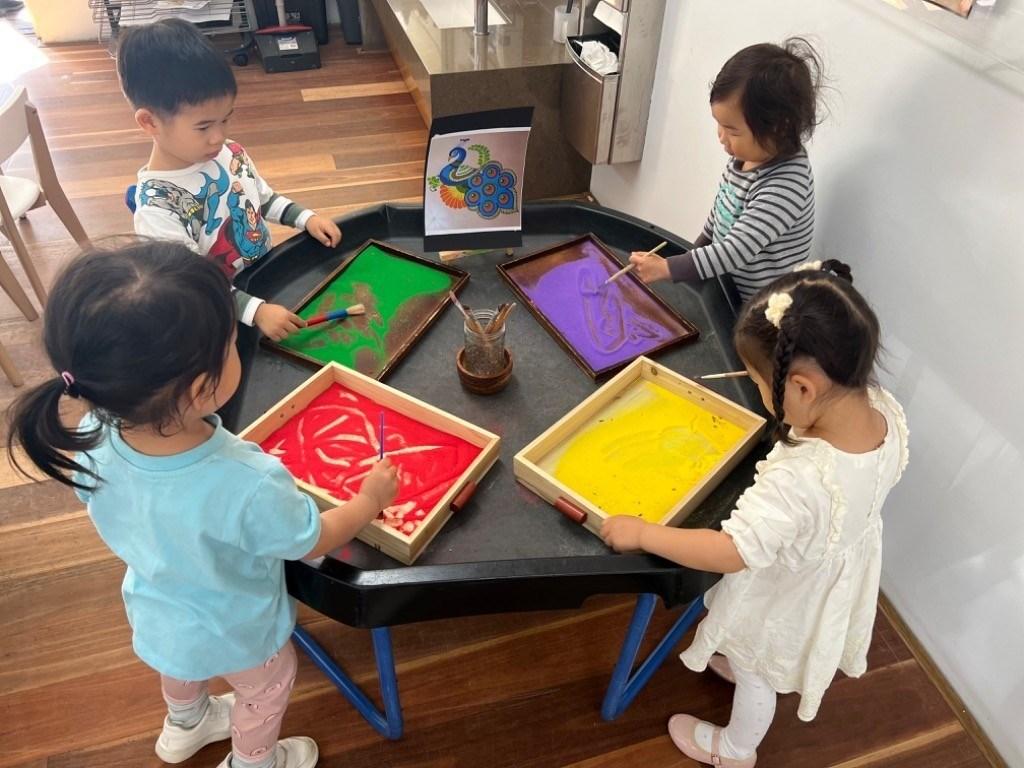

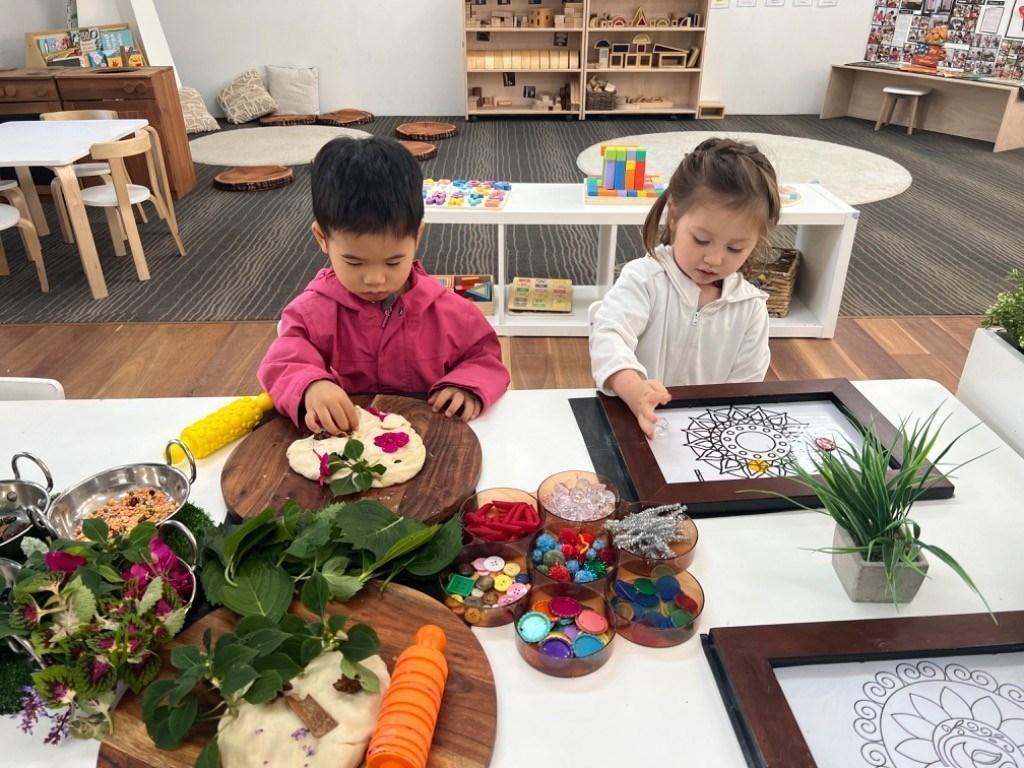

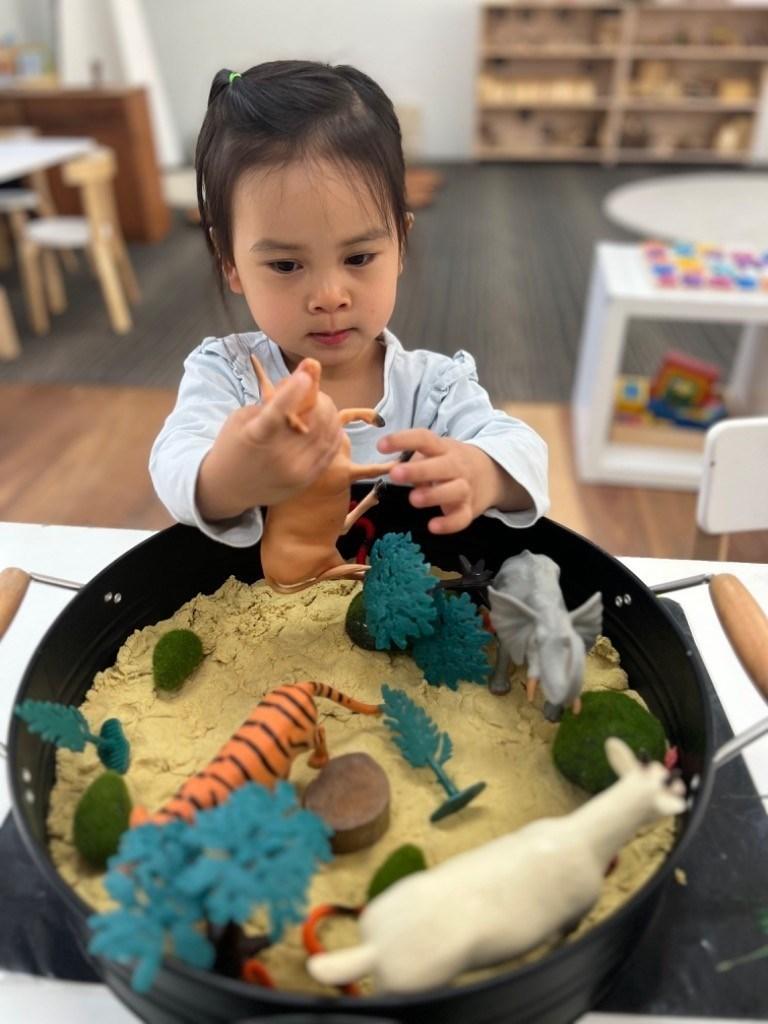

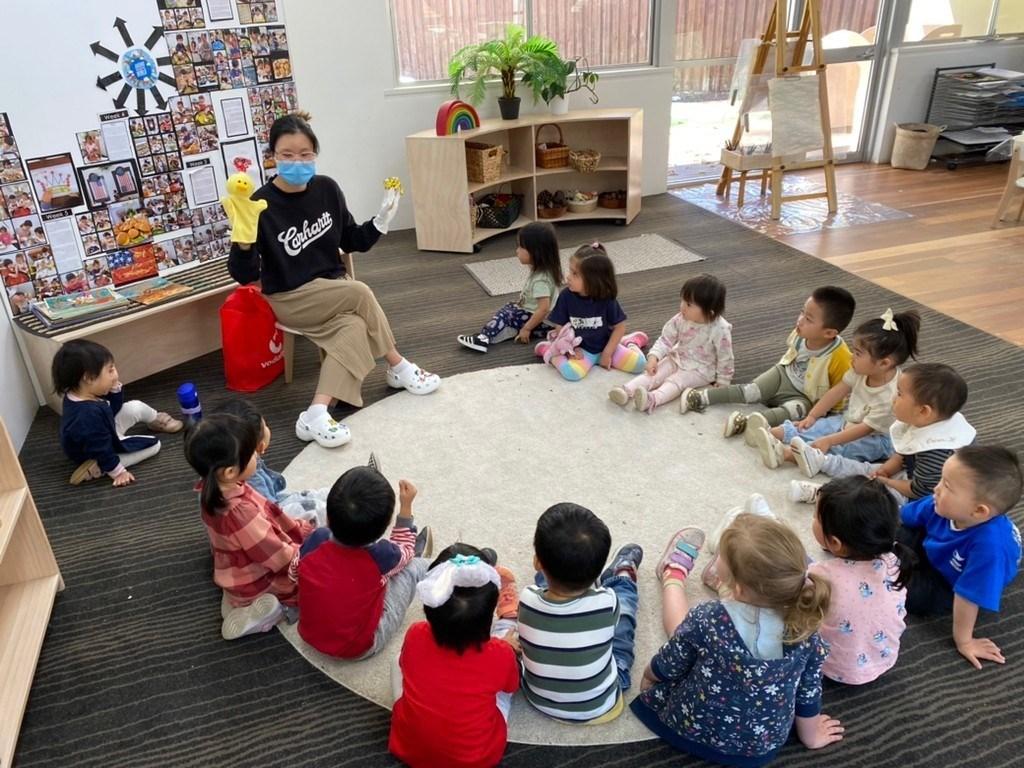
13 Stage 2R:

14 Stage 2E:
By Mia Doan
“A single act of kindness throws out roots in all directions, and the roots spring up and make new trees.” (Amelia Earhart)
Kindness is contagious and has the ability to change the world. Simple acts like listening to a person in need, saying hi to a new friend or feeding stray dogs are pure forms of kindness. These acts inspire others to be kind and compassionate in different situations and forms. Acts of kindness help us form connections with others which are reported to be a strong factor in increasing happiness. Throughout this week’s discussion, we defined kindness through a variety of stories. The highlight book of the week was ‘Kindness Makes Us Strong’ by Helen Beer and ‘When I’m Feeling Kind’ by Trace Moroney informed us how being kind feels like and what it means to be kind. The visual images and simply written stories helped our friends to recognise that when we take care of ourselves, share toys, take turns, use nice words, and comfort others, we are being kind.
Calming lavender scented rice was the most favourite sensory activity. With a little spoon, our friends carefully scoop and pour inside the jar. Filling, scooping, and pouring activities help develop fine motor skills as well as using math concepts such as less and more. These tasks help children coordinate their hand movements with what they are seeing, feeling, and smelling. What a calm sensory experience!
Miss Mia offered us an imaginative walk to a zen garden which is a miniature stylised landscape through carefully composed arrangements of rocks, salt, moss, pruned trees, and bushes, and uses salt that is raked to represent ripples in water. Our friends used a little wooden shovel to draw different shapes such as spinal, circle, and triangle.
Moreover, the children played with Calm Green Monster in a form of magic sand. The children enjoyed creating castles using magic sand. This magical and moldable sand is mesmerising that flows through our hands and never dries out for long lasting play. Their little hands could mould lots of castles in different shapes.
The foundation of environmental education is learning respect for the natural environment. An easy way to spark your child’s interest in these topics is by beginning with a small garden sensory play and nature walks. To introduce to the children the concept of kindness toward the environment children were also invited to a community play where they were encouraged to use public transport to travel around.
Have a calm weekend, Mia, Shandie, Chloe, Jing, Xanthe, Alisha, and Vianne

Stage 2E
12
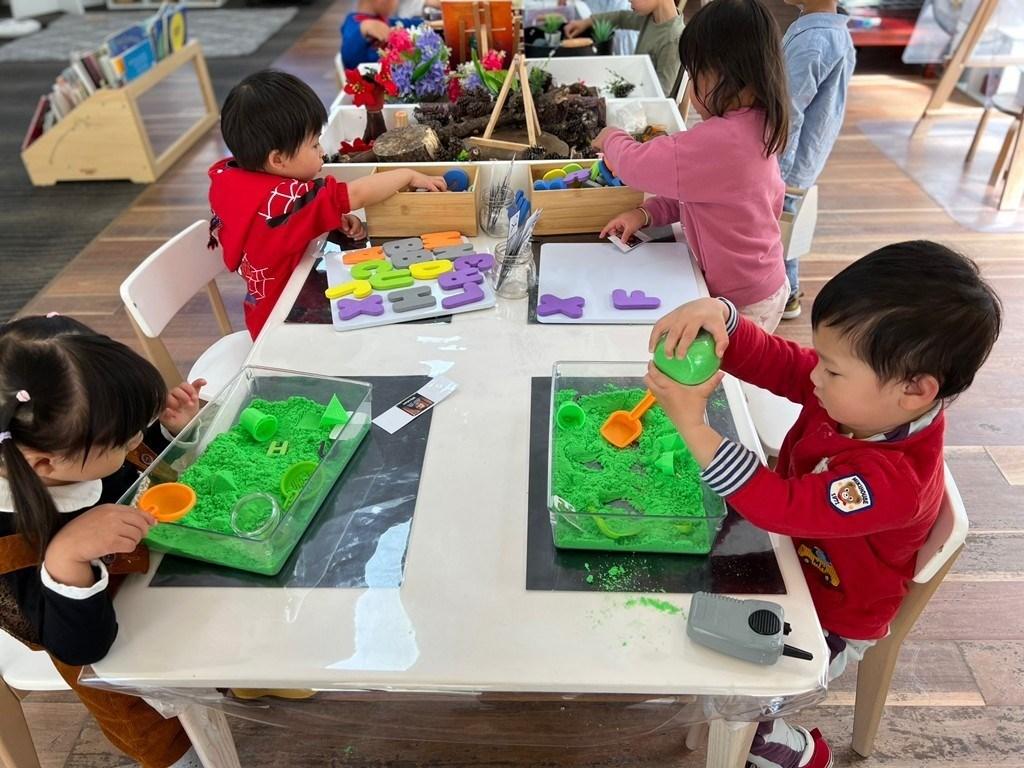
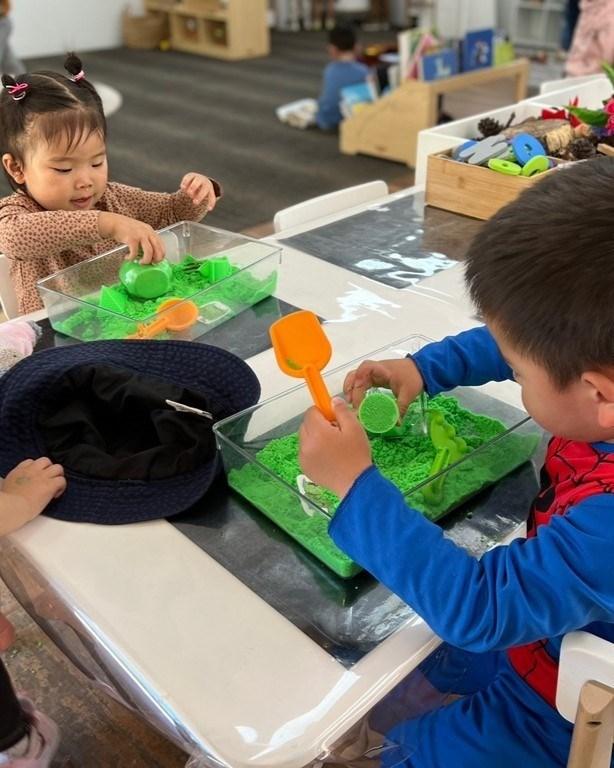
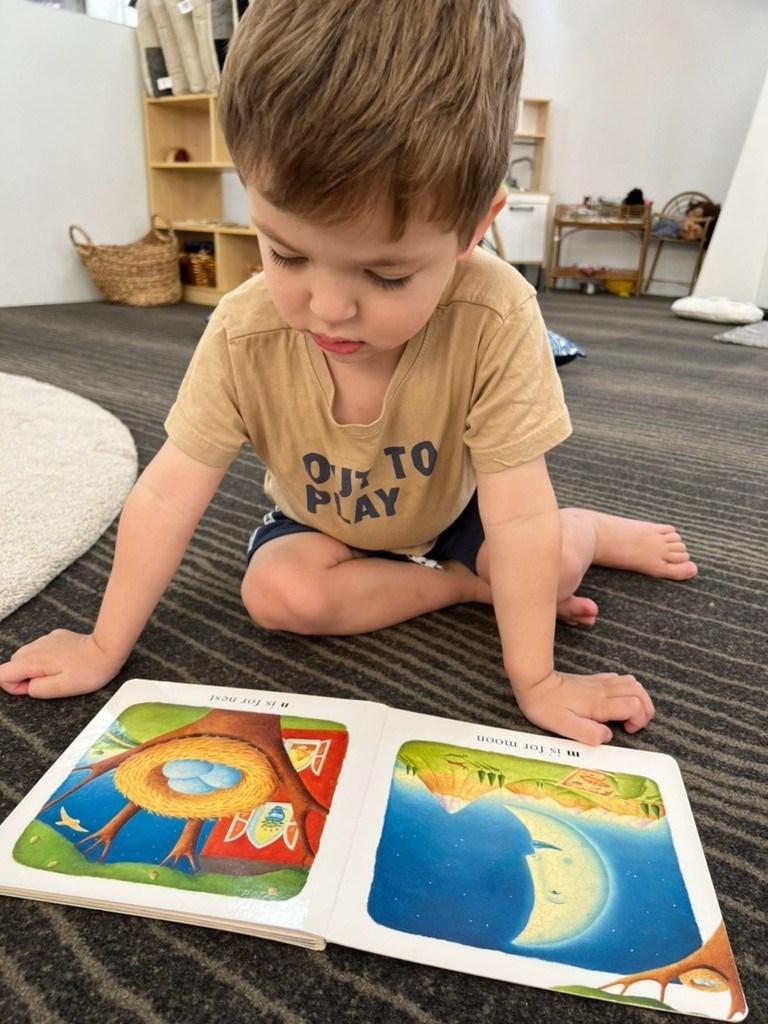
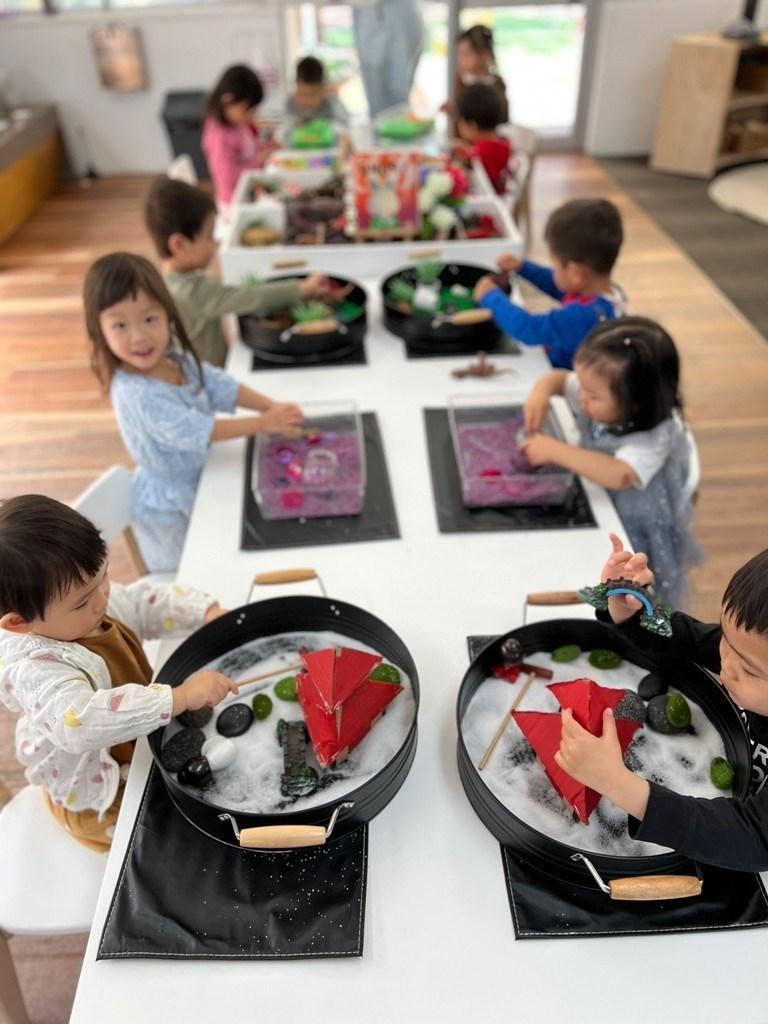
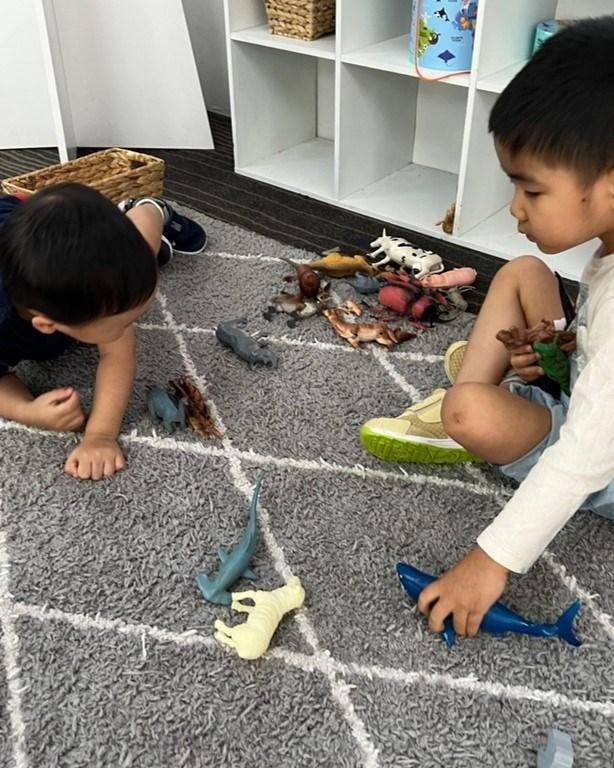


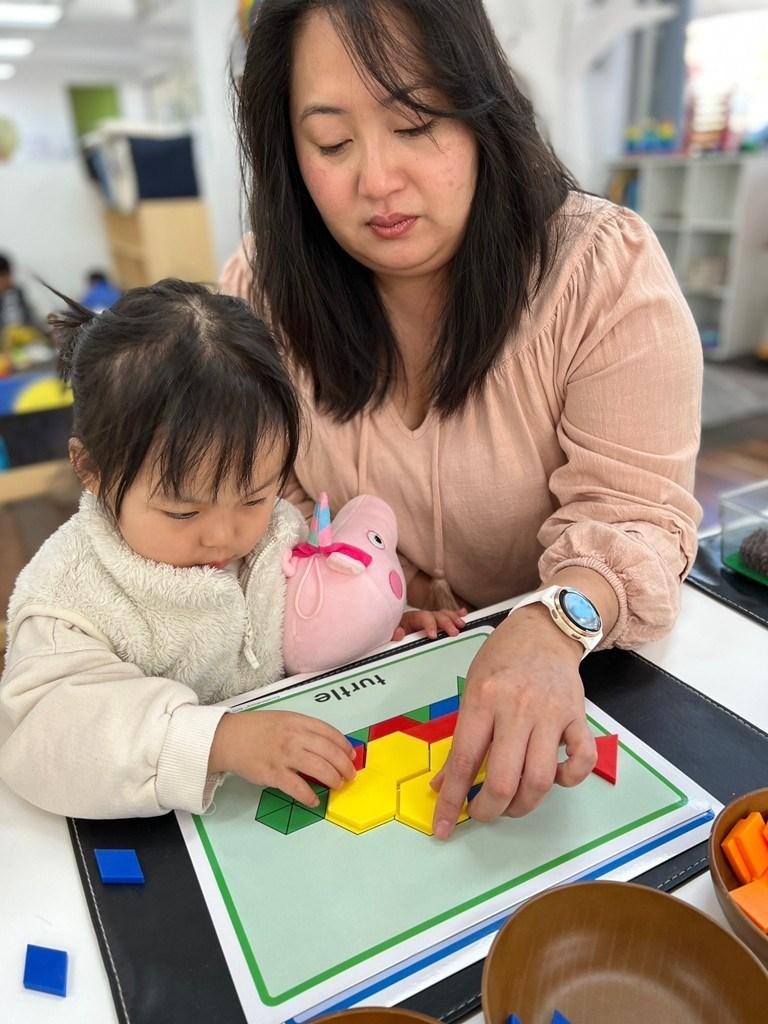
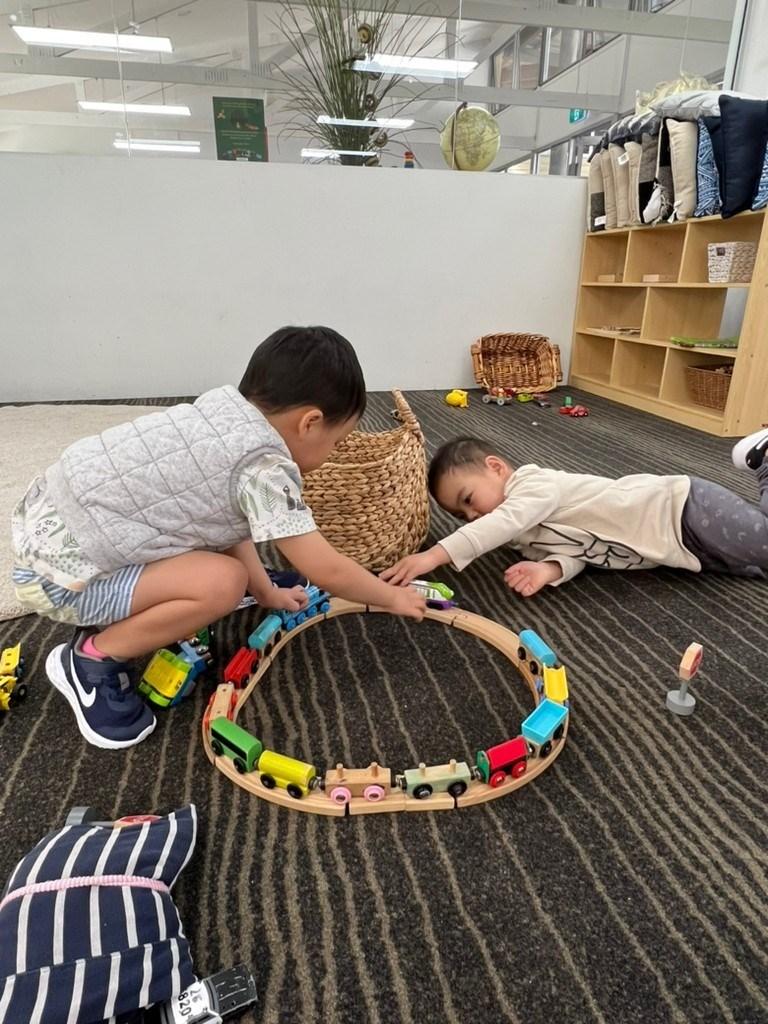
10 Stage 2E:

11 Stage 2E:
By Carina Nel
This week 3R continued their learning journey under the umbrella of ‘Animalia’ as our little friends investigated the characteristics and habitats of insects and birds through play, digital research and real world observation.
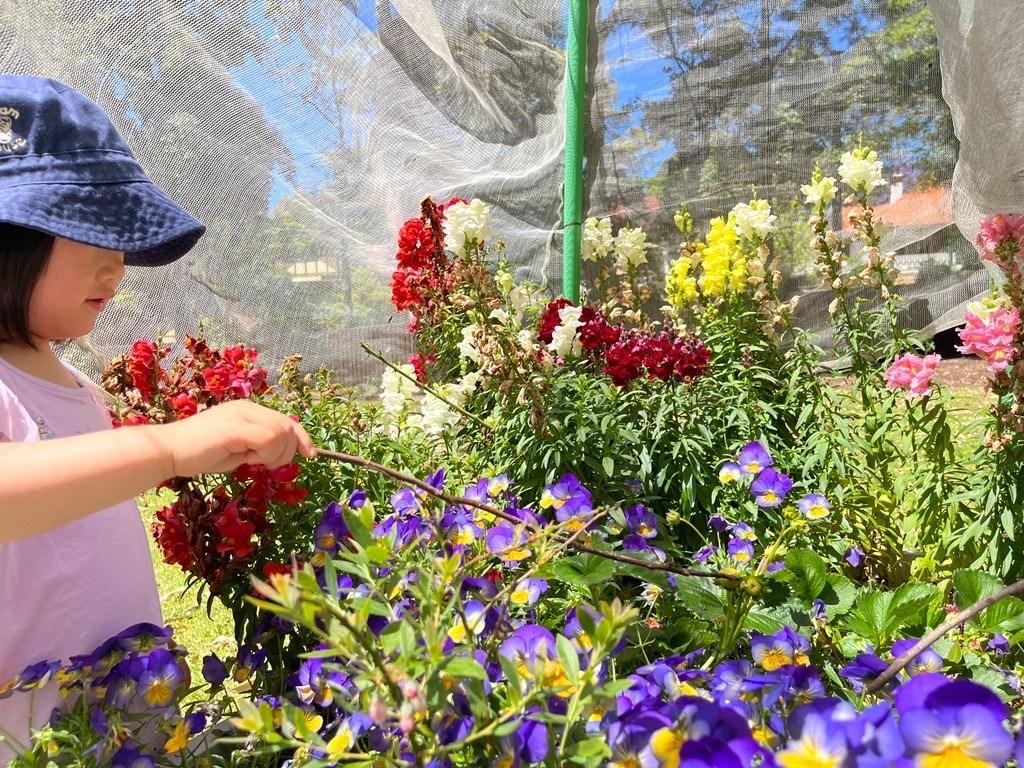
Our sensory experiences this week included green kinetic sand in which the children were invited to collect and sort insect buttons, an icy penguin slide as well as bird seed mix which the children tipped between funnels and measuring cups alongside our bird puppets.
At our table top experiences the children were offered magnifying glasses to inspect 3D life cycle diagrams of a butterfly. The children also engaged with Australian bird flash cards with written names and images to copy onto whiteboards.
In our learning groups the children delighted in bug hunts! The children discovered earthworms, pill bugs, wood worms and many, many ants under the balance logs! Near to the raised garden beds seemed to be the home of ladybugs and moths. We then returned to the classroom to have a closer look at the insects we found using google image searches and discussed the spaces we found each insect in dark, soil covered areas, near flowers, on trees and even on play equipment! The children also collected and used natural resources to create insect shapes as they reflected on their learning.
In morning meetings the children discussed the characteristics and habitats of both insects and birds as well as sang one of our favourite songs ‘Little Bird’ adapted to include Australian birds. Next week we move onto fish and amphibians.
Stage 3R
15
Carina, Callum and Jenny
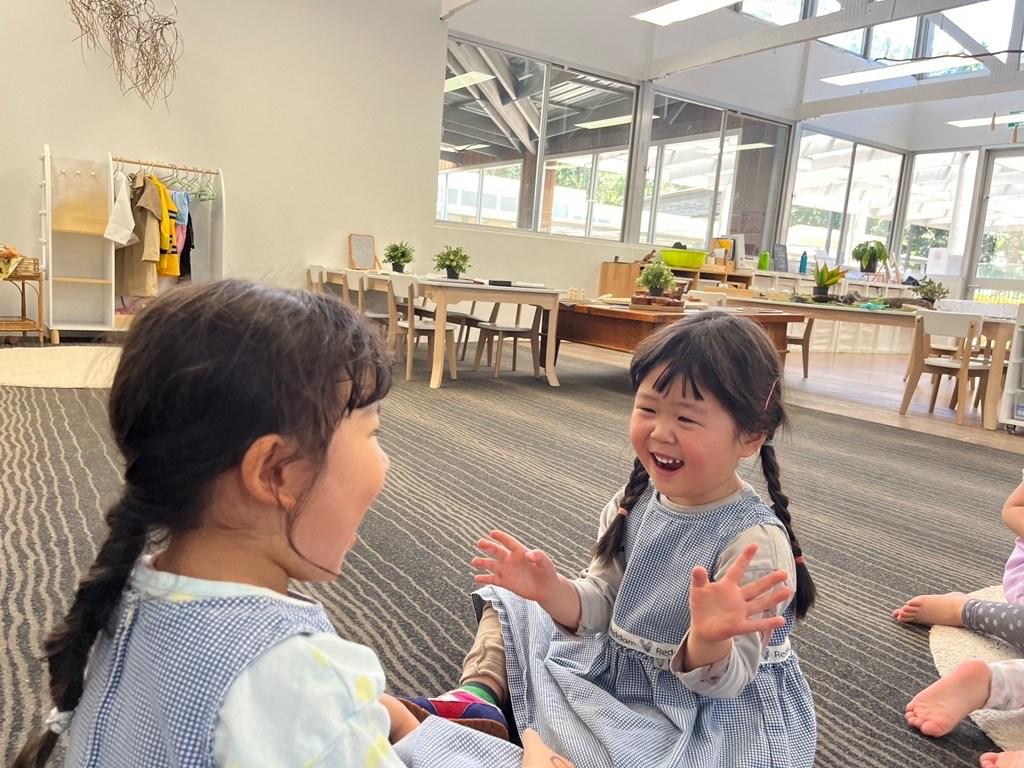
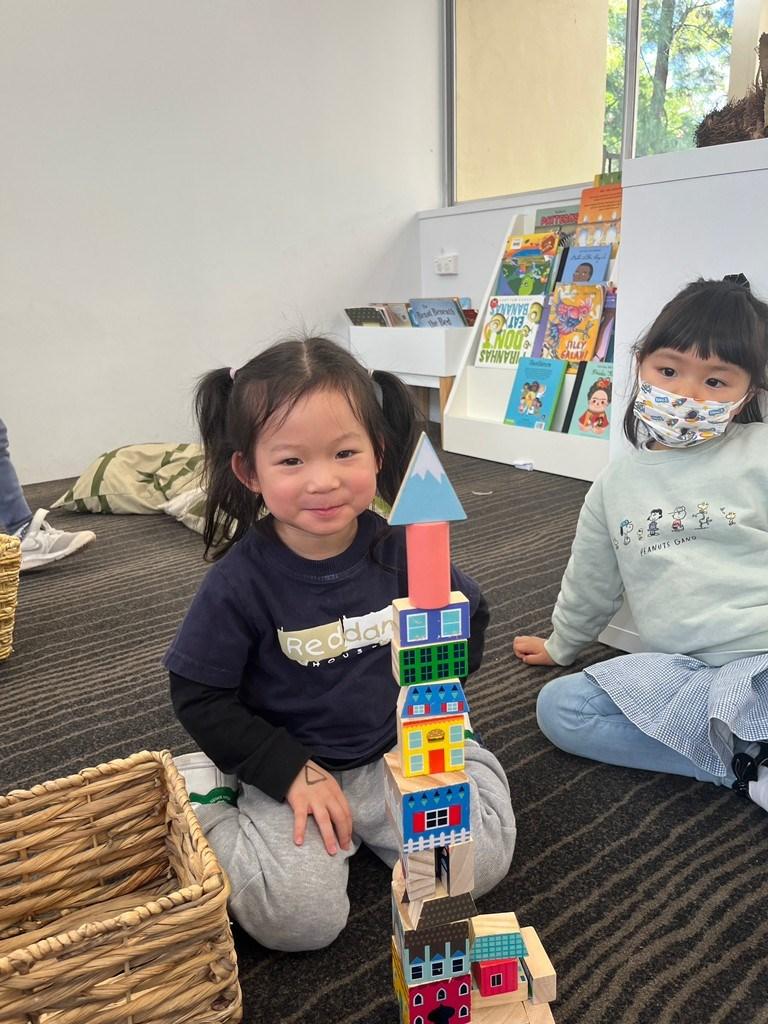


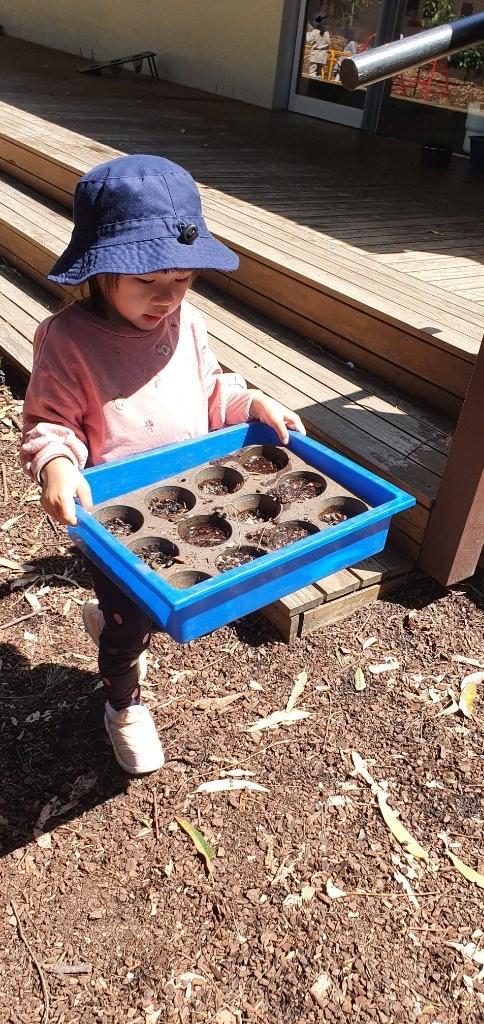


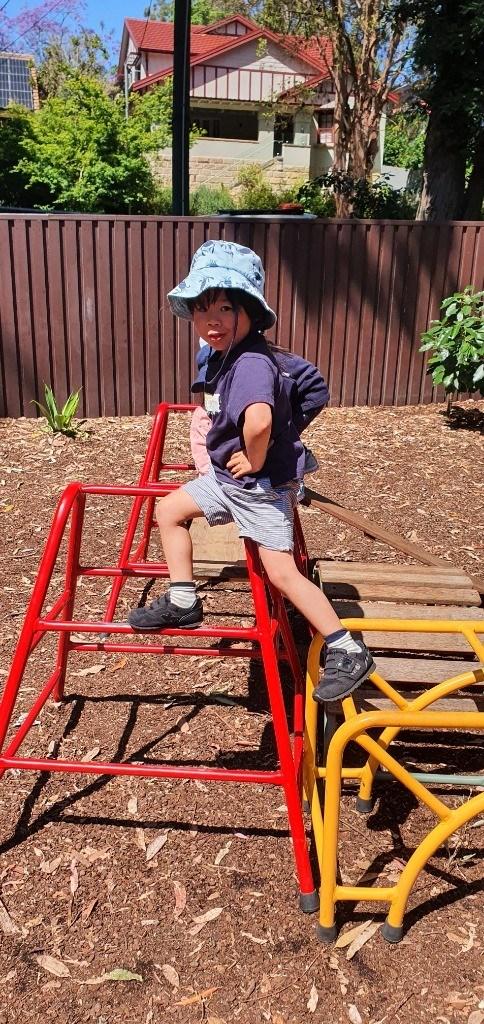
16 Stage 3R:
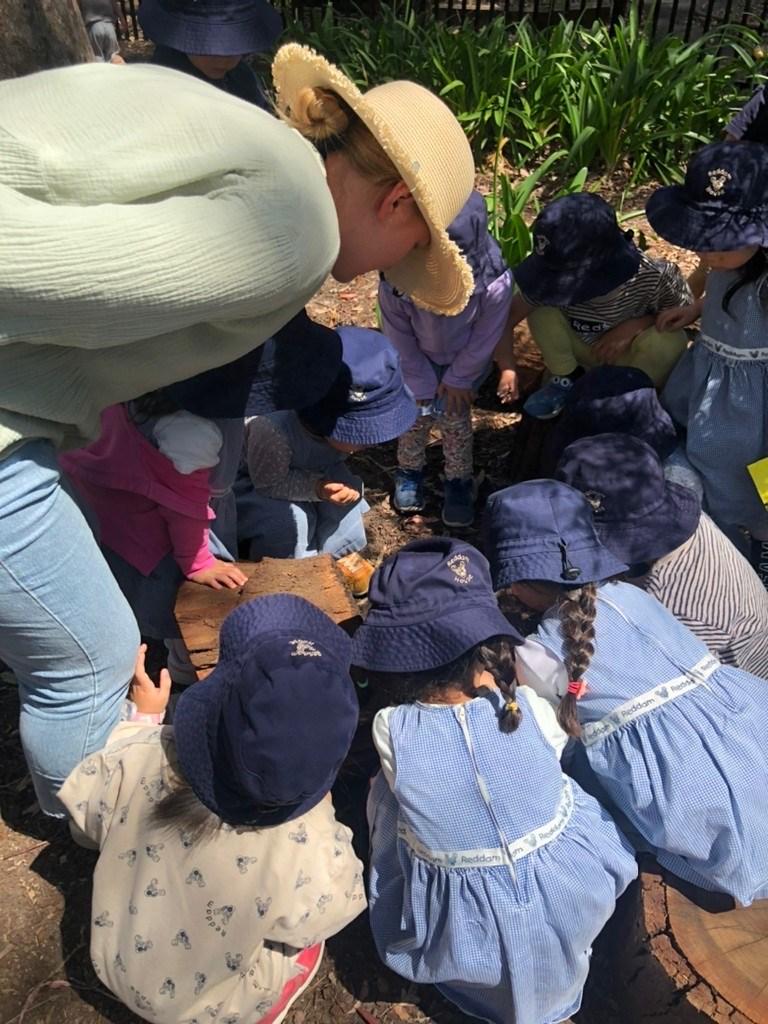
17 Stage 3R:
By Natalie Horstman
During Week 7, the children started to explore different picture books where they could identify who the author and illustrator is as well as observing and analysing what a front cover of a book looks like and contains. The children were able to design and create their own front covers of picture books using their imagination and creativity. This allowed them to work independently and collaboratively in small groups while sharing with each other their ideas and thoughts. The children were provided with lots of opportunities to create various characters from different picture books while using a wide range of materials and resources including playdough, paddle pop sticks and more. This allowed the children to reflect upon different stories and use their interpretations and ideas to make meaning. The children were also provided with the opportunity to act out the story, “We’re going on a bear hunt” where they were able to move around the room trying to walk through grass, mud, snowstorms and through the cave to stumble across the bear. Throughout the week the children continued to engage with play learning where they could recognise and identify different letters and sounds around the room, engage in letter Bingo, sing different songs using Sign Language and much more!
Link to the Early Years Learning Framework:
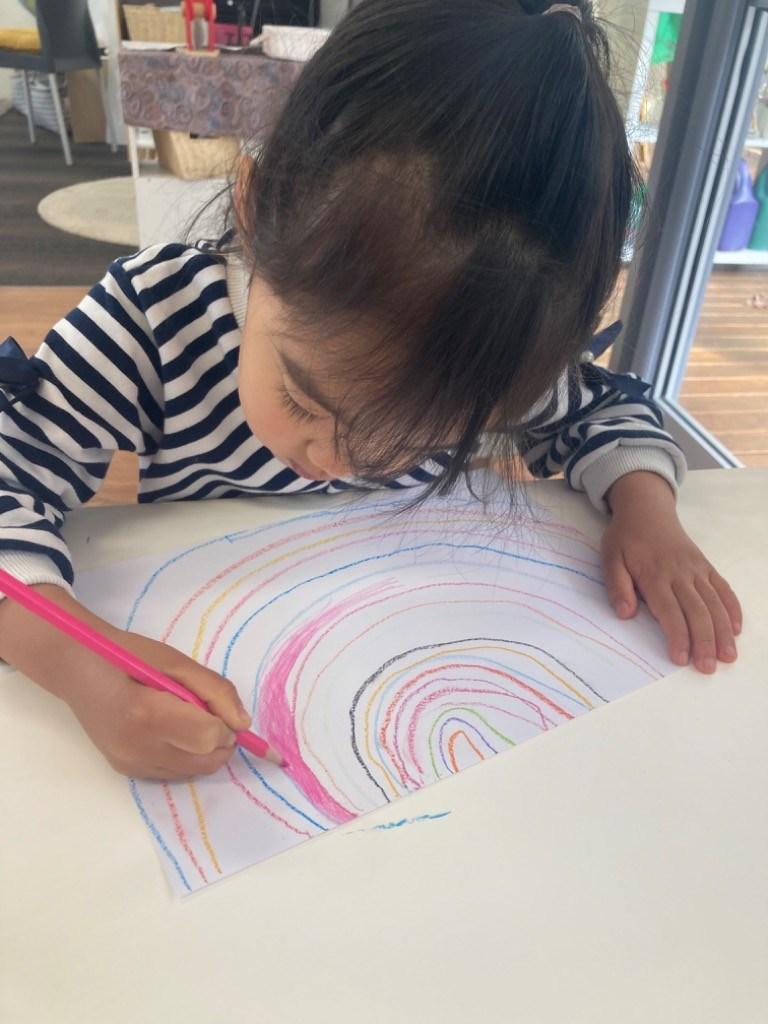
Outcome 1 initiate their own play opportunities and engage in meaningful conversations with their teachers and peers. Outcome 4 upon their interests showing enthusiasm, interest and curiosity. Outcome 5 range of materials to express themselves and contribute to various groups by sharing their thoughts and ideas.
Warm regards, Laura, Natalie, Kai and Margaret
Stage 3E
“Literacy is freedom, and everyone has something significant to say” Jimmy Santiago Baca

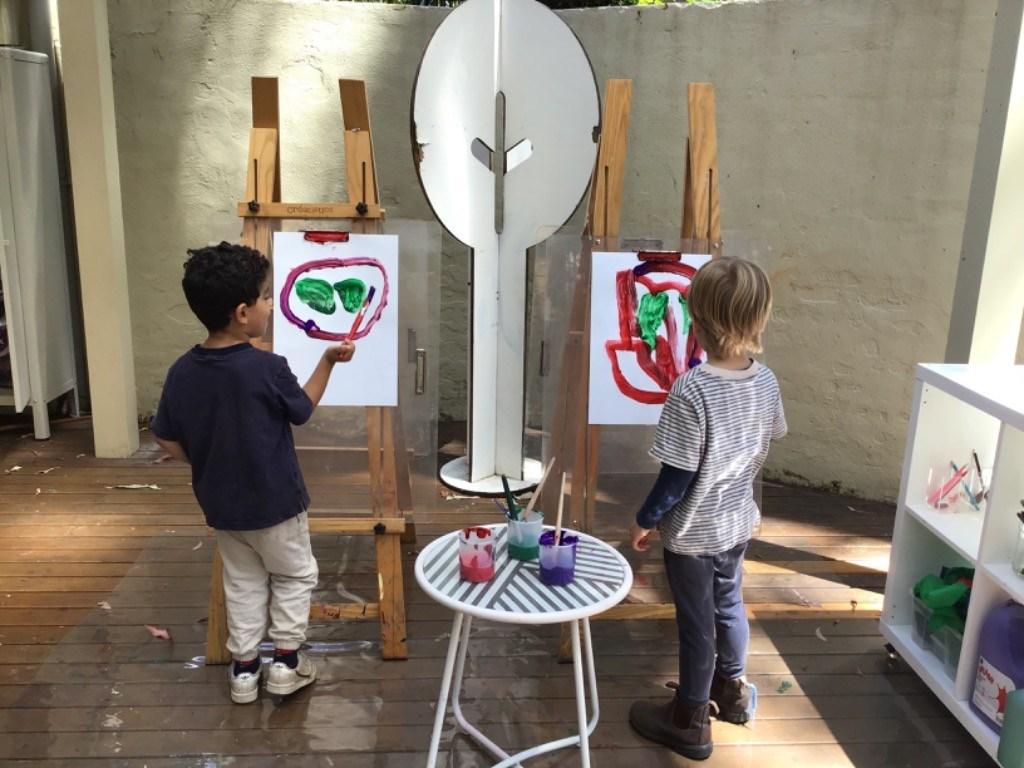


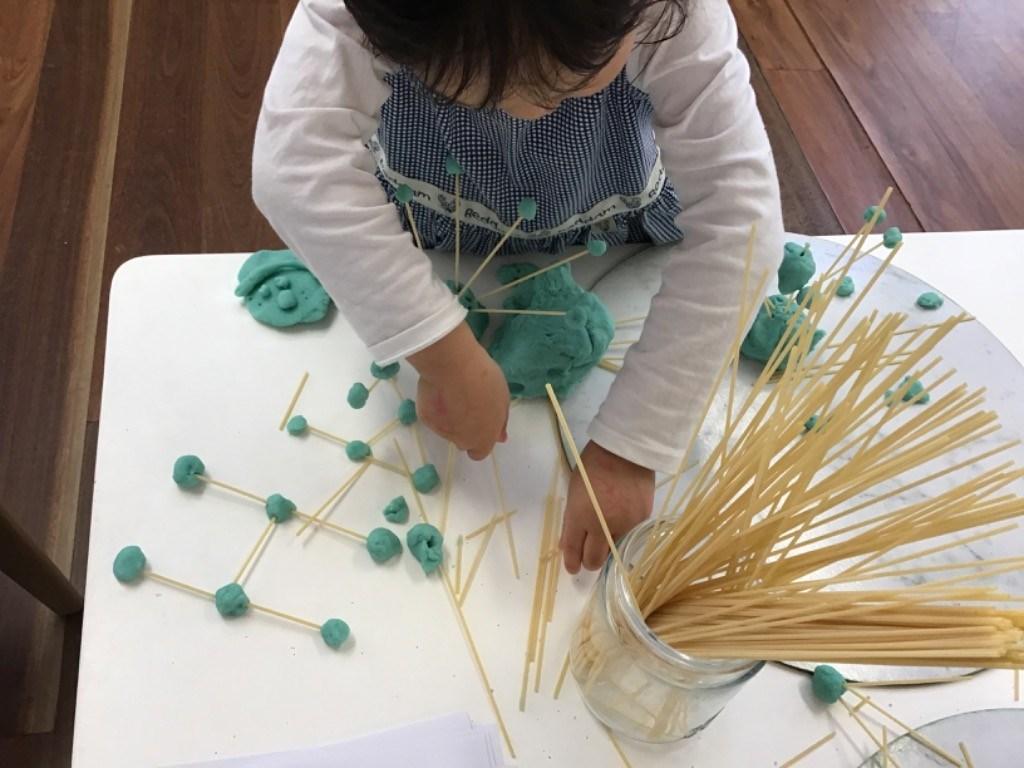
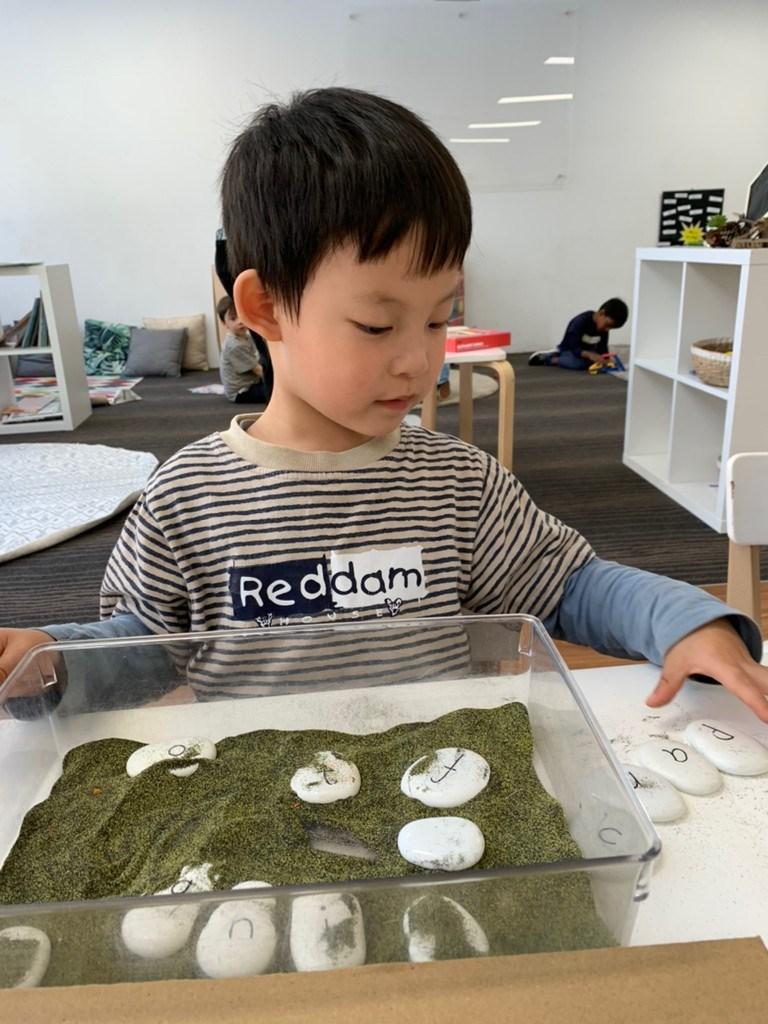

19 Stage 3E:

20 Stage 3E:
This week we explored numbers. At the sensory table the children used playdough to count and practice number formation, counted with the seashells and developed their addition skills by adding together the dots on dominoes. At our numeracy centre the children played games of number bingo, taking turns to roll the dice, call out the number and covering it on their bingo boards. The children were also busy matching numerals, names of numbers and amount of objects together for each number.
During the week we sang ‘Here is the Beehive’ and ‘5 Little Men in a Flying Saucer’ and practised counting to five with our fingers. We sang ‘Ten in the Bed’ and practised counting backwards from ten. We read ‘None the Number’ by Oliver Jeffers and recognised each numeral as we read the story. We discussed the concept of ‘zero’ and how if there is nothing then there are ‘zero’ objects. We also read ‘1 to 20 Animals Aplenty’ by Katie Viggers and counted the animals all the way up to twenty. This book was great for extending the children’s knowledge of numbers and numerals over ten.

We extended our counting abilities this week by not only counting objects, but also counting actions. We hit the tambourine and counted how many strikes there were, before writing the numeral down on paper. The children counted along with the tambourine and then developed their emergent writing skills as they wrote the number down. We also played a game in which we came up with an action, rolled a dice and then did that action the number of times that was rolled. Everyone got a turn to come up with an action and to roll the dice. We did 7 punches, 11 claps, 2 skips, 9 spins and many more!
On the atelier this week we decorated different numbers. The children worked together to cover the numbers with blue paint and then added silver and gold glitter. As we did so we discussed the shape of each number and practiced making the shape in the air and with the paintbrushes.
21
‘Math, the only place where people can buy 64 watermelons, and no one wonders why.’ (Anonymous)
Stage 4R
By Hazel Whybrow
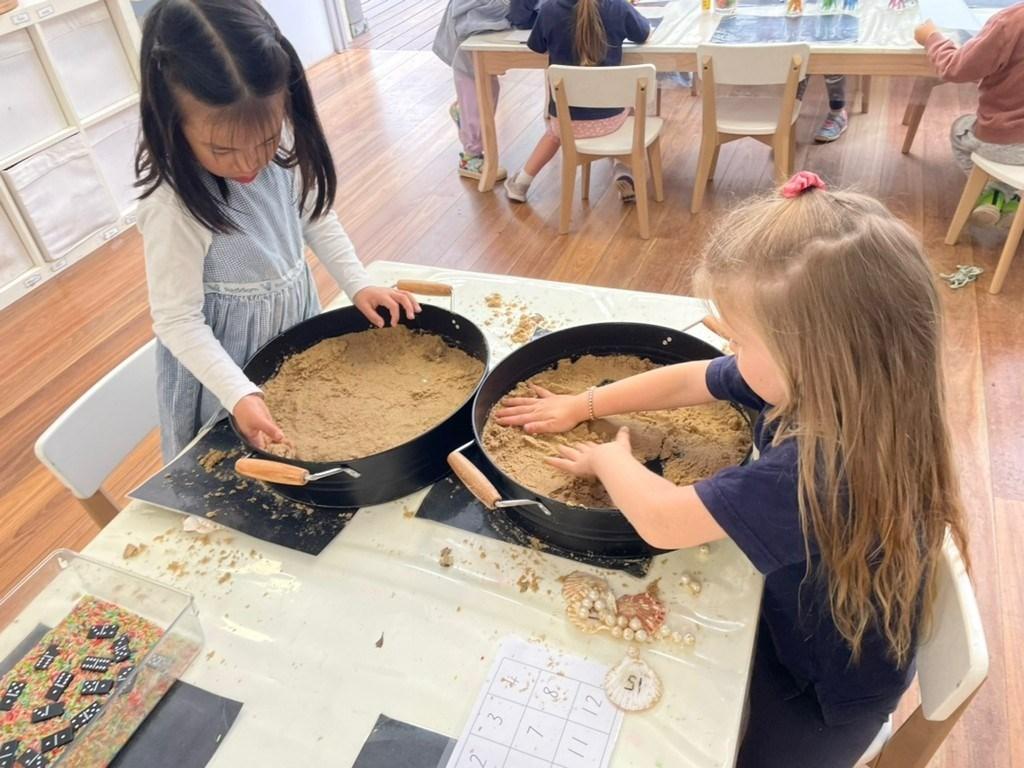



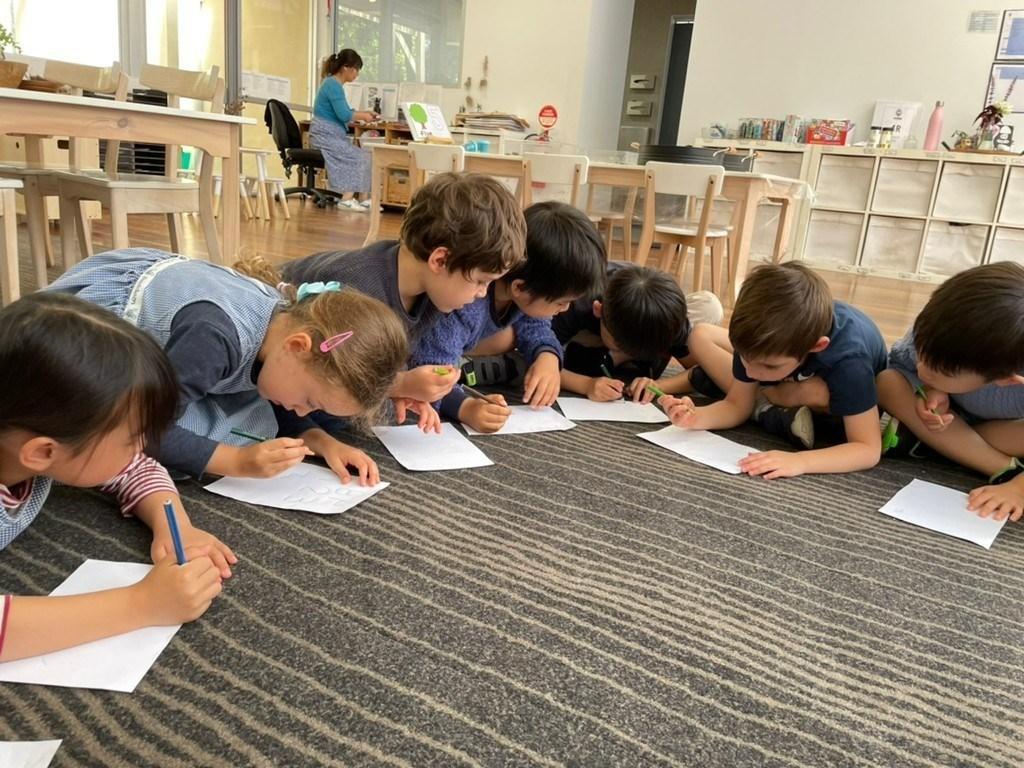

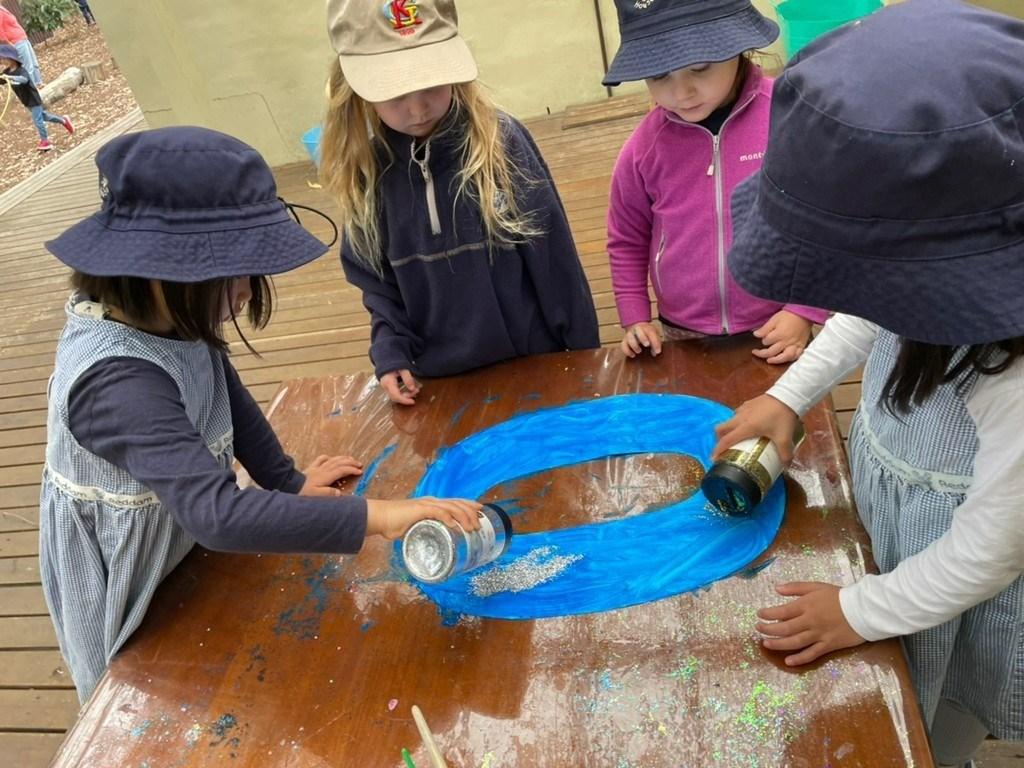

22 Stage 4R:
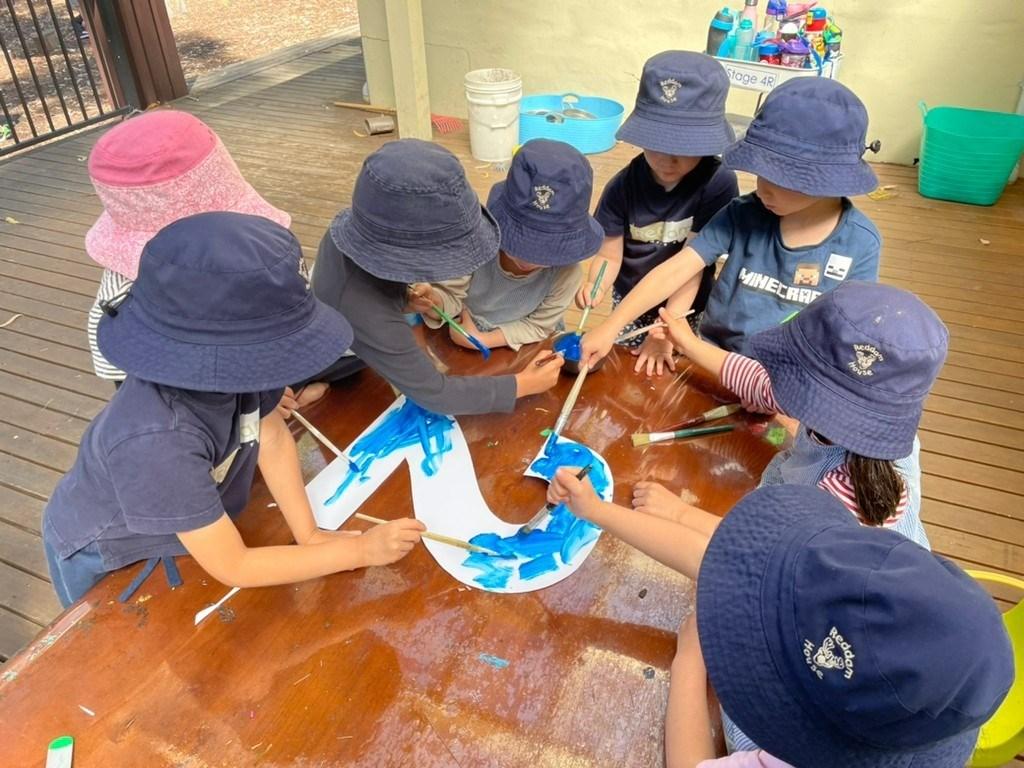
23 Stage 4R:
This week we focused on our last Colour Monster who is pink and represents love, and we read ‘When I'm Feeling Loved’ by Trace Moroney. As we read this book, the class discussed who the people are in our lives that love us the most our parents, our siblings, grandparents, friends and teachers too. When we feel loved we also feel supported, more confident and reassured that we are surrounded by the best people in our lives. When we spread love to others around us it makes them feel loved too and creates peace and harmony. Love makes us feel special, more confident and the class learnt how to show love and affection to others. We can help a friend in need, give hugs, be a good listener, invite someone to play, gift a present, write a message, and just be kind.
At our sensory and manipulation table, the children enjoyed manipulating sand with a variety of pink loose parts. They poured and scooped the sand, arranged the materials and counted the different items too. More pink sand was included in our Zen trays, with rakes to push the sand around. Wooden letters spelled out LOVE, and stones, flowers and stacking stones were provided to for the children to explore. Pink play dough was popular as the children cut it out using heart shaped cutters and stuck in flowers. In our Atelier, the children created colourful pictures of their choice, illustrating fairy tale characters and including rainbows. The colours continued with our Magic Milk experiment, where the children revisited the concept of surface tension as they dipped toothpicks covered in dish soap into the milk to disperse the colours. Out in our playground, the children also learnt about the importance of teamwork and good sportsmanship, as they participated in a gross motor game called "Pirate Treasure." The children worked together to retrieve their treasure (balls) and also strategised to steal from other pirate chests too.
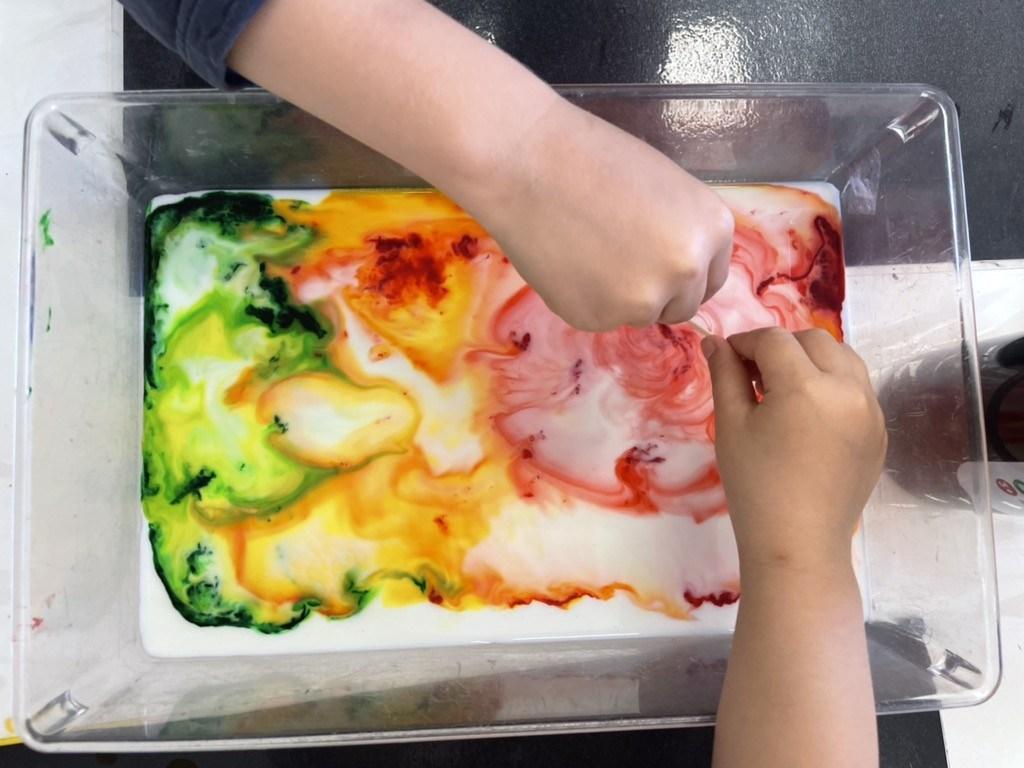
Our fairy tale of the week was ‘Cinderella’ The two older bossy sisters made Cinderella do all of the house work and said that she wasn't allowed to go to the ball at the prince's palace. However, a fairy godmother appeared and used her magic, but there was a catch. When the clock struck midnight, the magic would disappear and all would be as was before. Our class discussed the different characters in our fairy tale and agreed that the bossy sisters were definitely the villains of this story. They didn't treat Cinderella nicely and showed her very little love and kindness. The fairy godmother was the hero who helped Cinderella to make her wish come true. The children did a fabulous job at acting out our fairy tale each day, focusing on facing towards the audience and projecting their voices while they performed. Next week the children will be invited to share their feelings about transitioning to kindergarten. We will discuss how we are feeling both excited and nervous about this big change, and that it's okay to have a mixed bag of emotions. Our fairy tale will be ‘ ,’ where we will try to avoid the nasty troll under the bridge.
Thank you for a fabulous week!
Lauren, Priya and Jenny
24
“What one loves in childhood stays in the heart forever.” (Mary Jo Putney)
Stage 4E By Lauren Hall
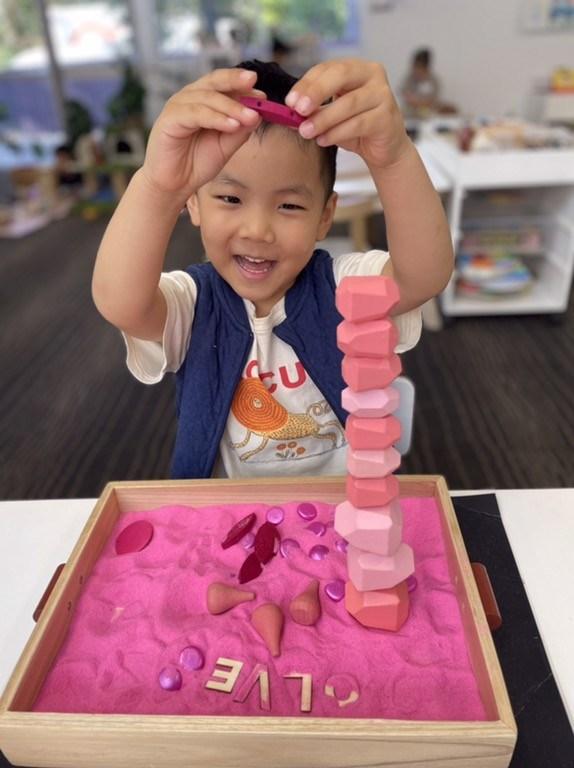
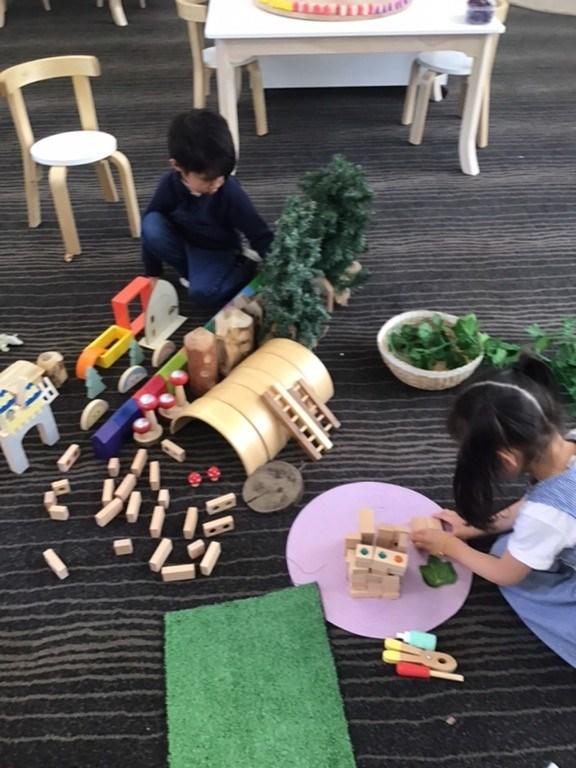
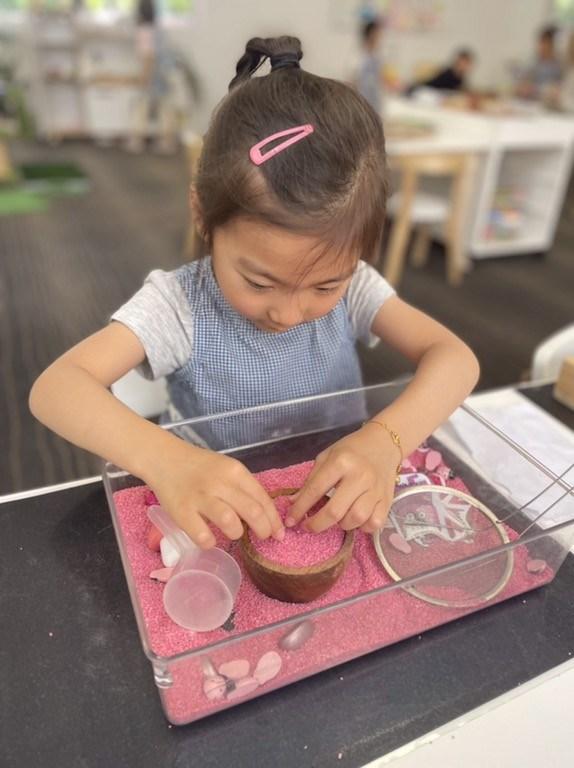
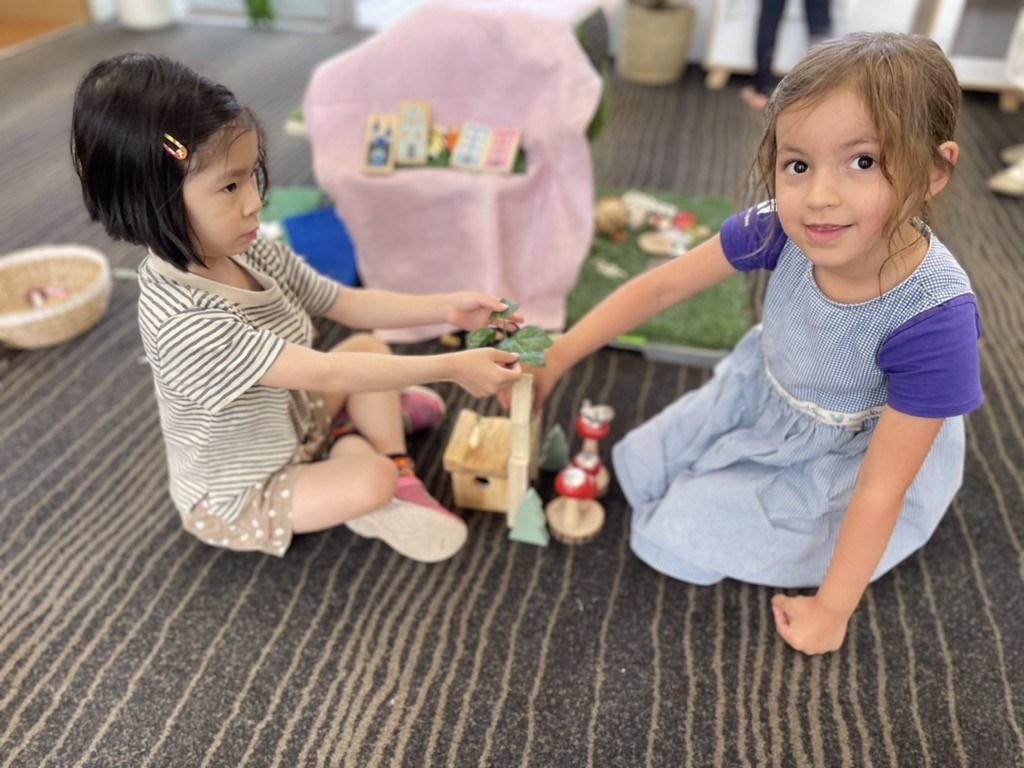
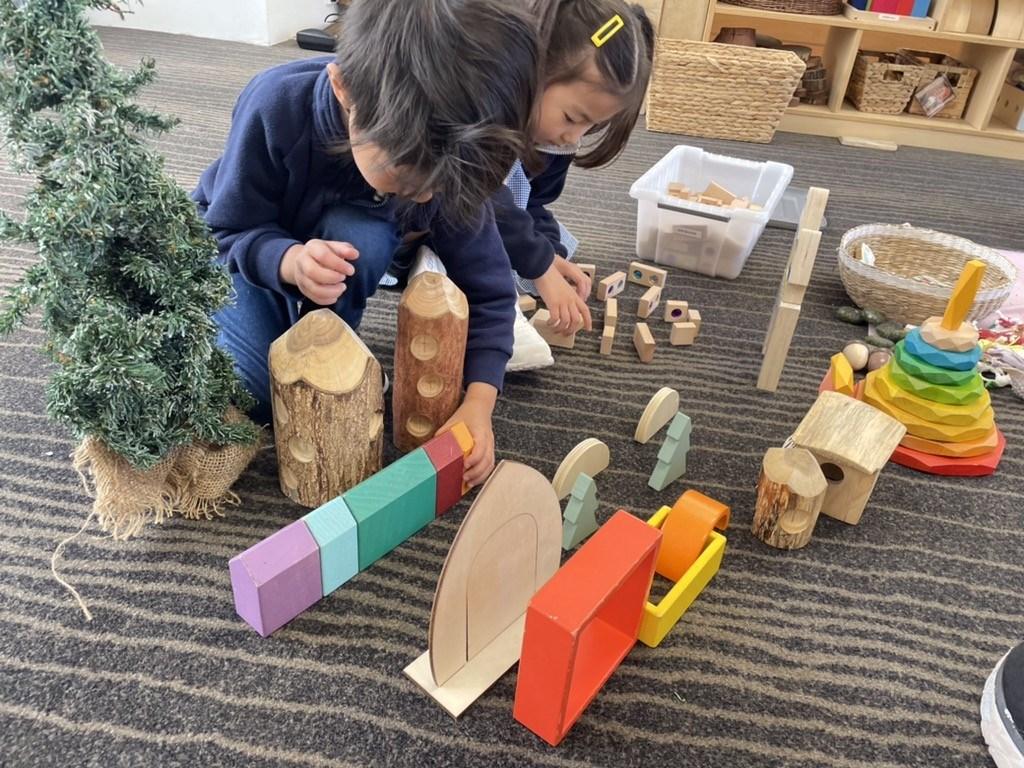


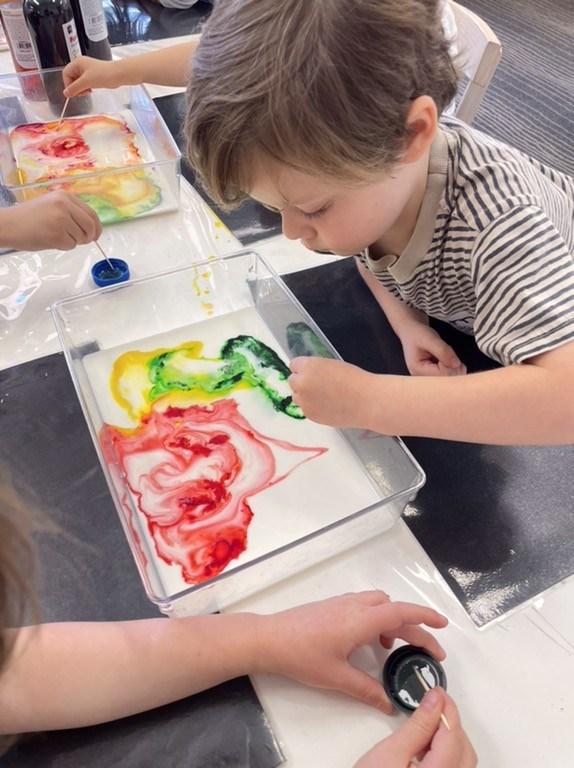

Stage 4E: 25
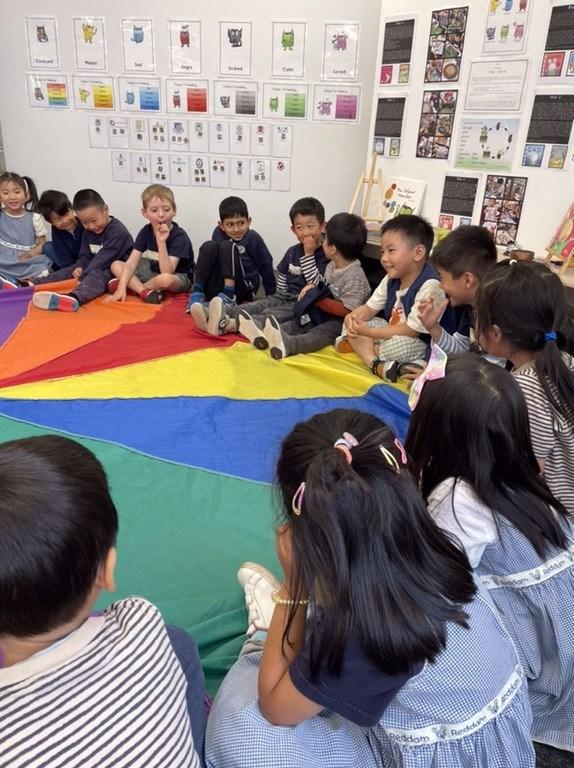
Stage 4E: 26
Dear Families,
It’s time for the weekly Mandarin class again! Every time they go to a different rooms, the children will excitedly share their art works, interesting things, favorite foods and stickers. I cherish every time I talk to the children, it is always full of surprises and joy.
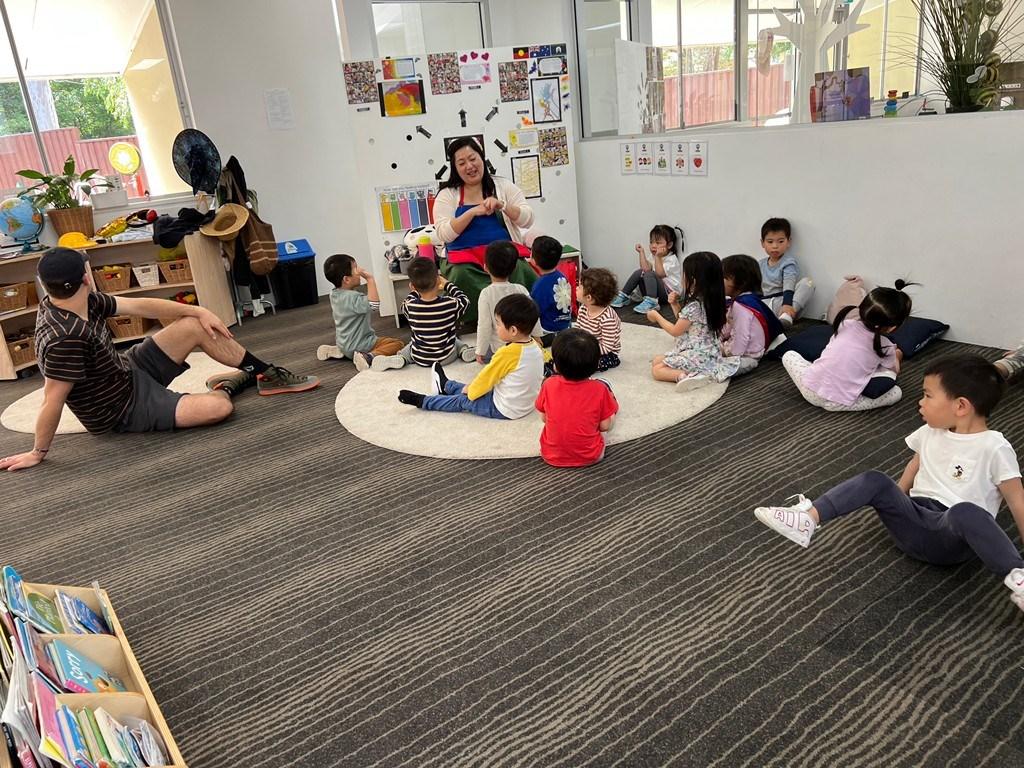
We continued the theme about “What Do You Like To Eat?(Nǐ xǐhuān chī shénme? 你喜歡吃什麼?), “ I like to eat …(Wǒ xǐhuān chī我喜歡吃)” I have prepared "Hot Pot(huǒguō 火鍋)” teaching resources for children, because hot pot is my favorite Chinese delicacy.
What is “Hot pot”? A big pot filled with simmering broth is placed at the middle of the table, accompanied by plates of various meats, vegetables, noodles, condiments, and dipping sauces. The ingredients are to be placed in the broth, cooked, and then taken out and dipped into the chosen sauce before eating.
Hot pot tastes vary greatly across different regions in East Asia and elsewhere, but what matters most is its enjoyment: sitting with friends and family around the boiling stew, sharing food, eating slowly, and talking.
I shared hot pot ingredients in Mandarin with children through hot pot resources; children who have never tried hot pot can experience the fun of eating hot pot through interactive games. Children who love to eat hot pot with their families. They also share their favorite hot pot ingredients to everyone. Food is always easy to
Mandarin Chloe Lin 27


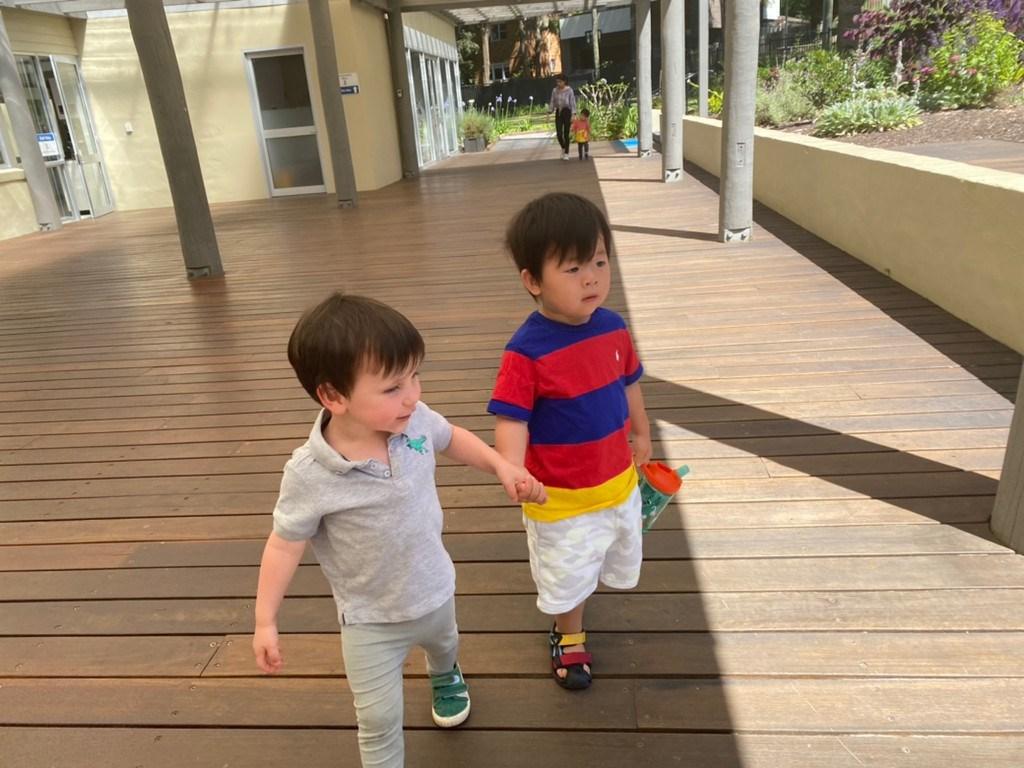
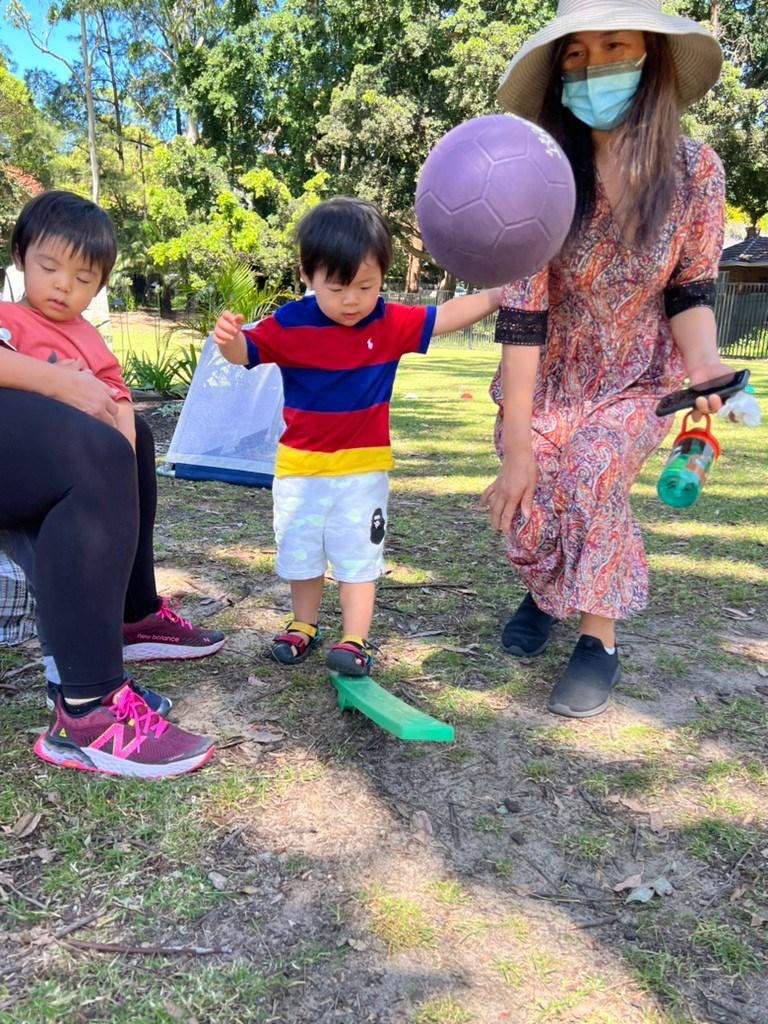


Coach Lauren 29
Playball

